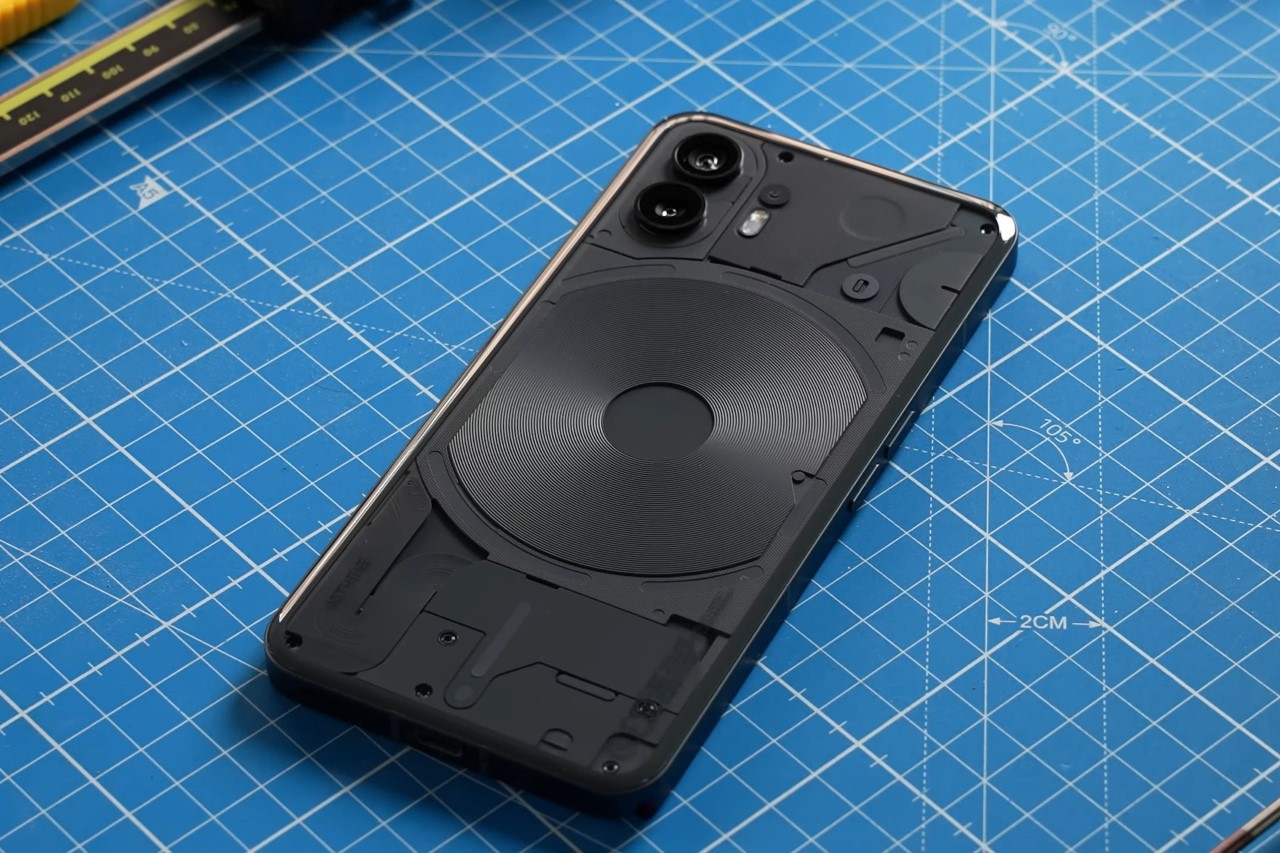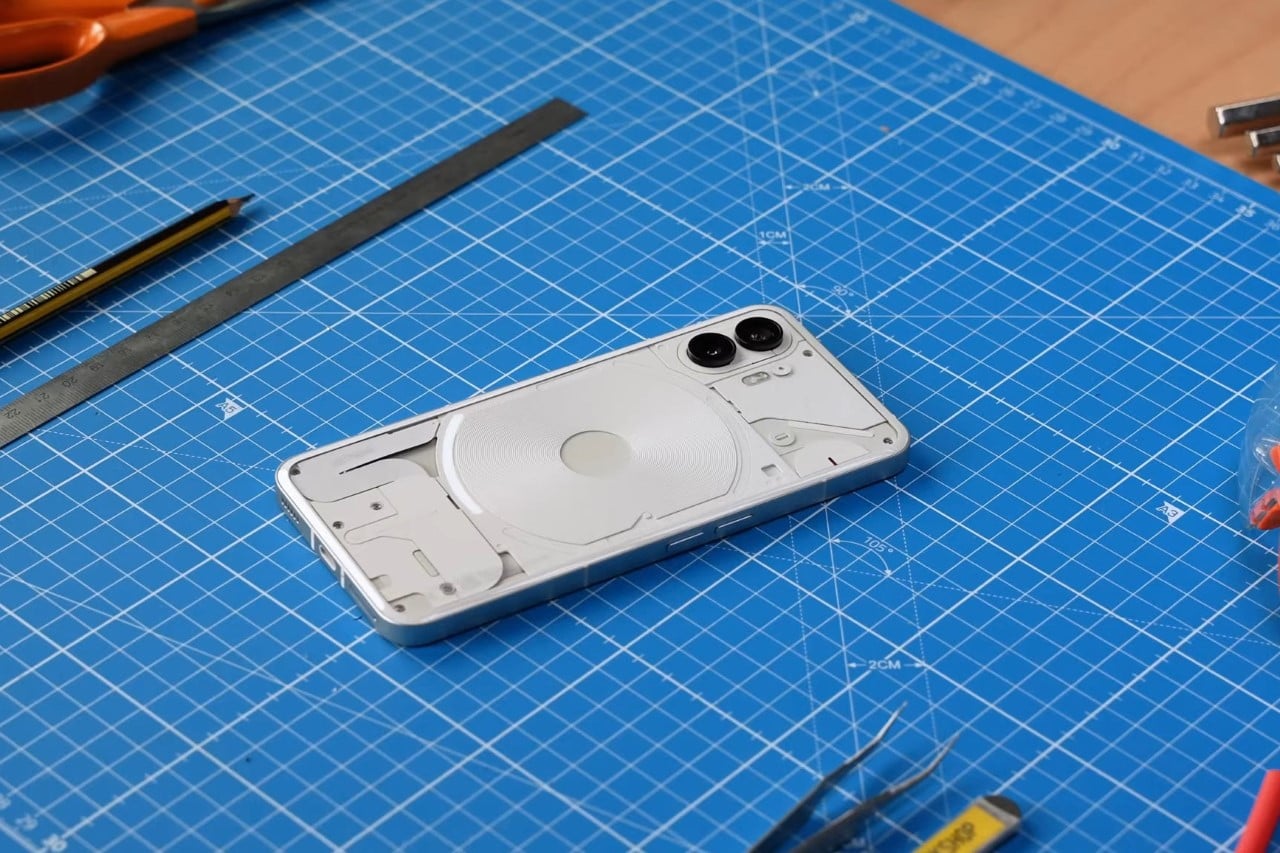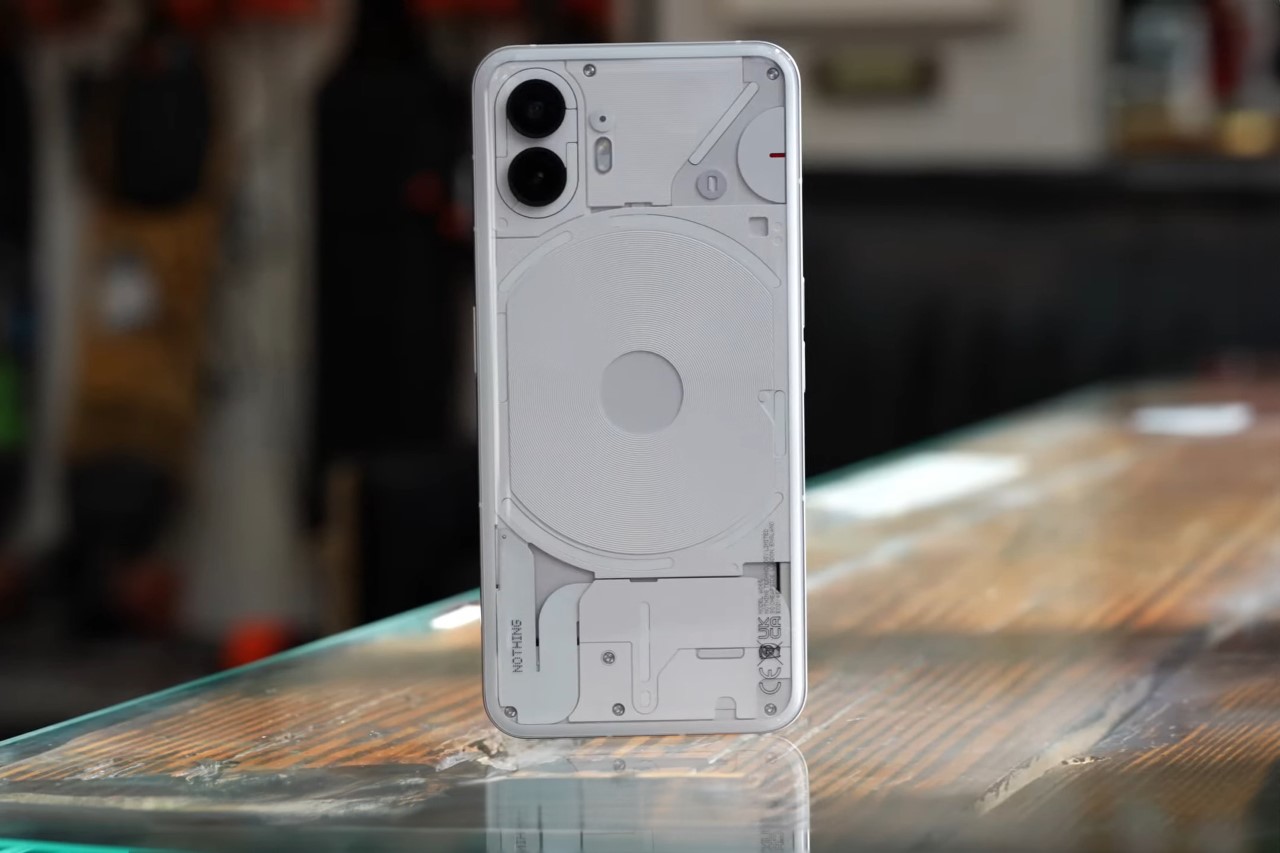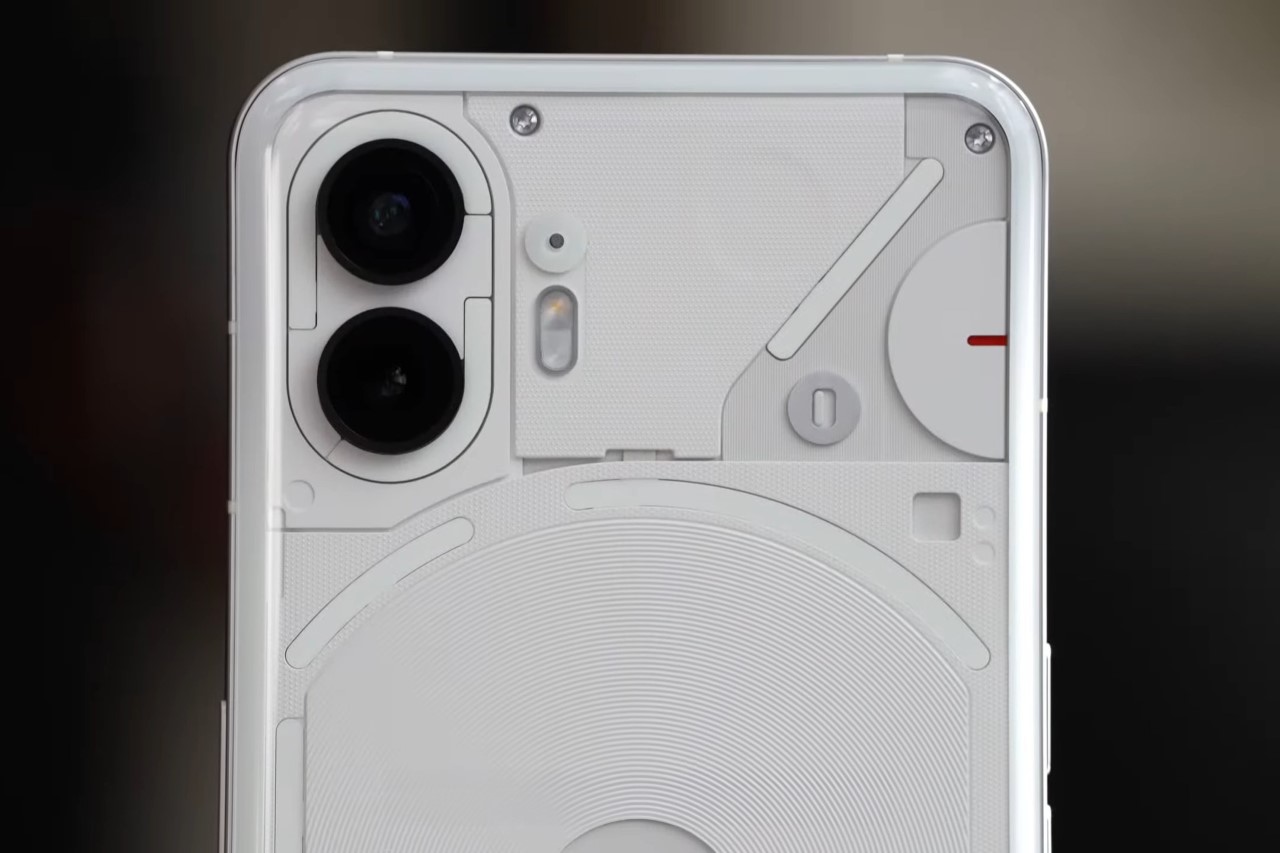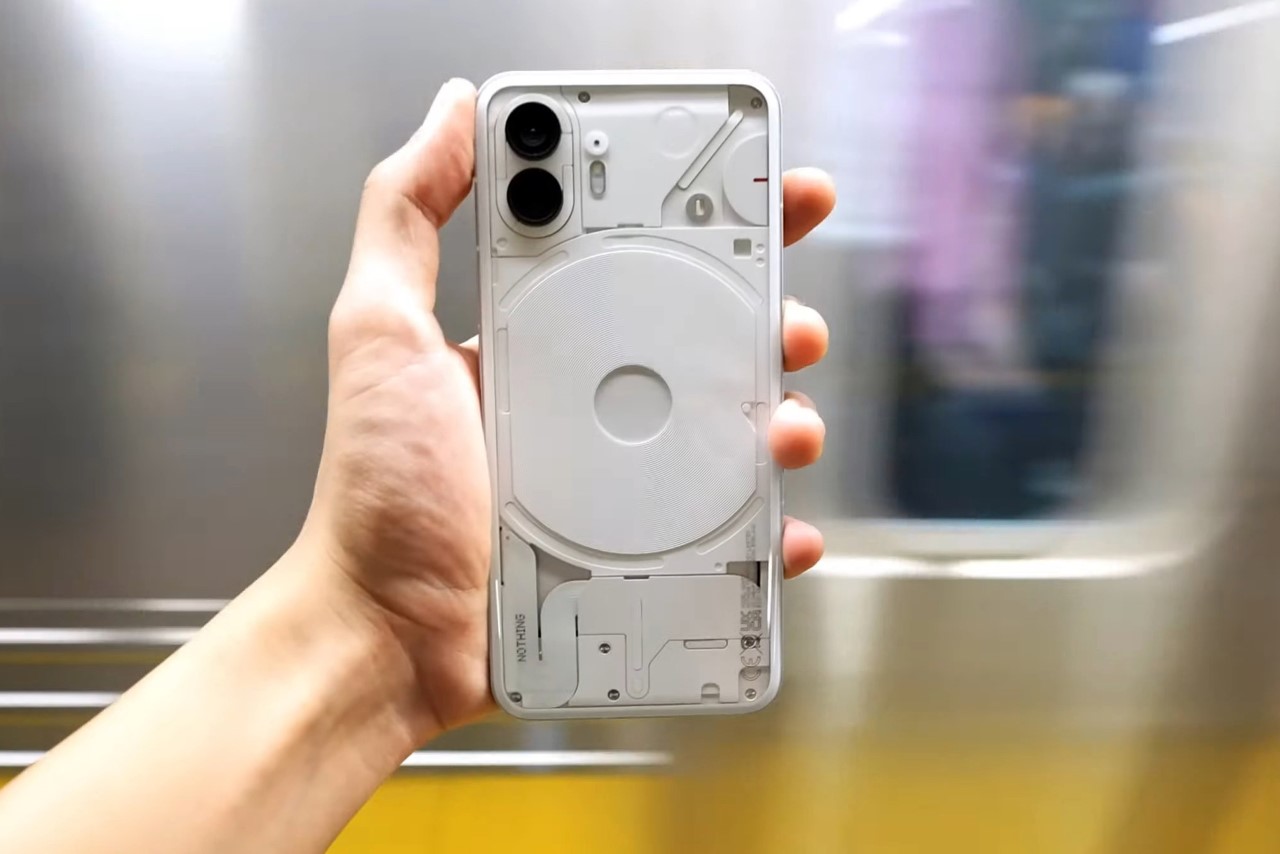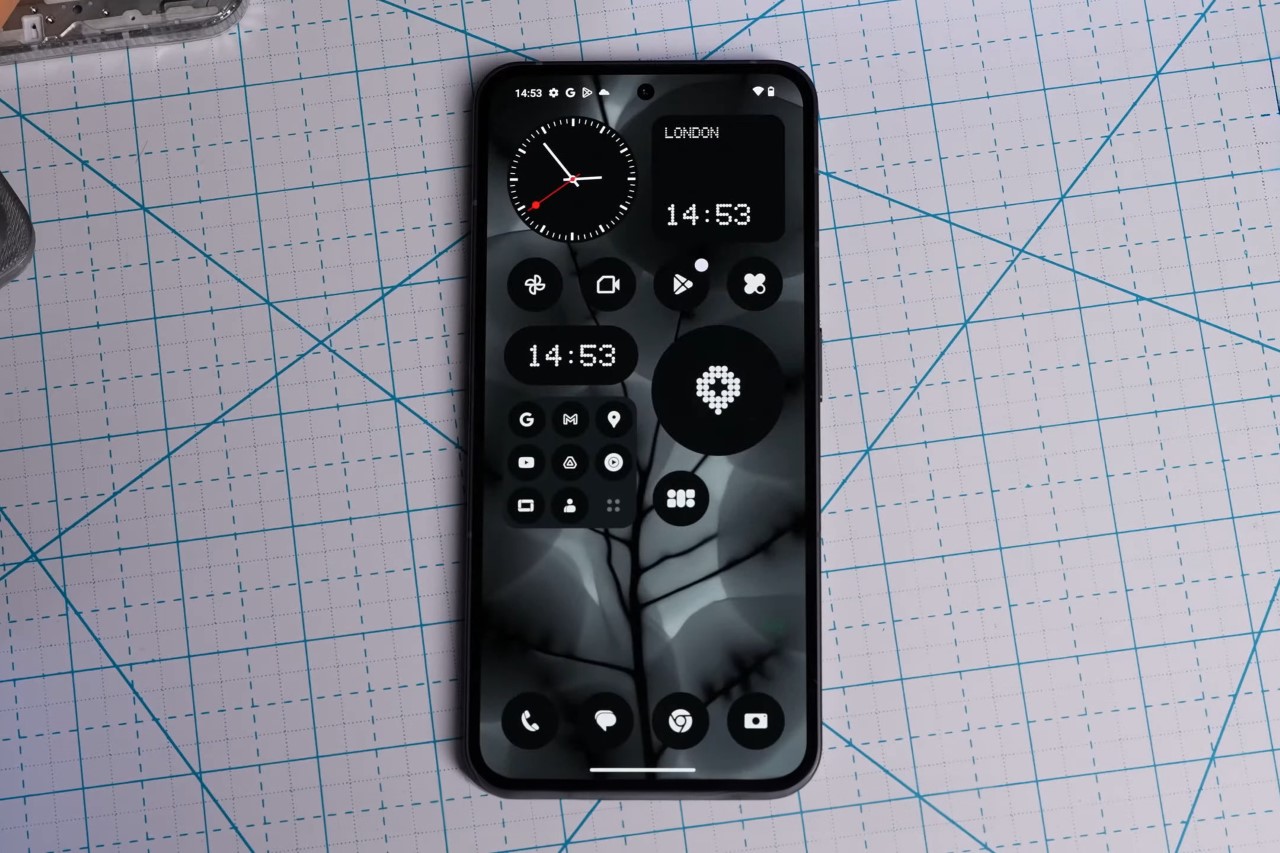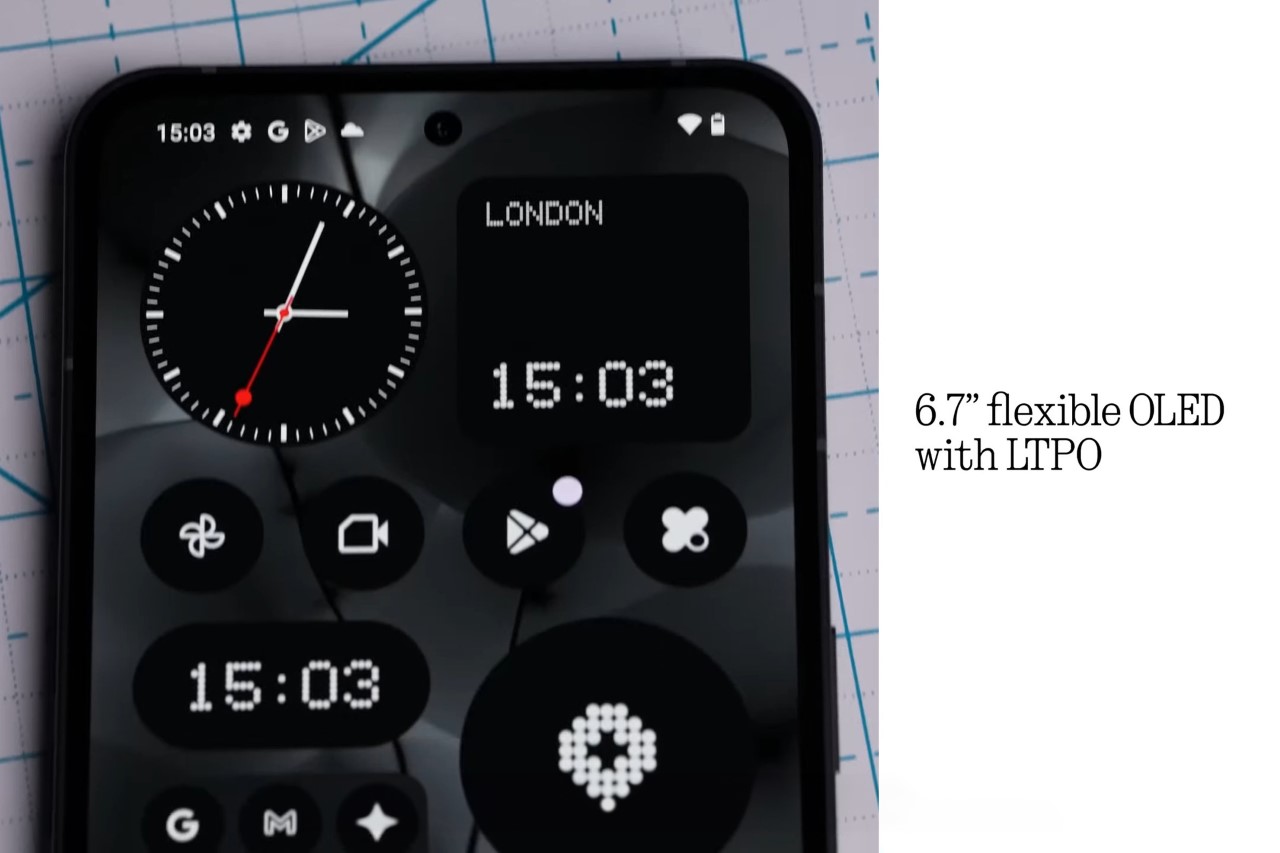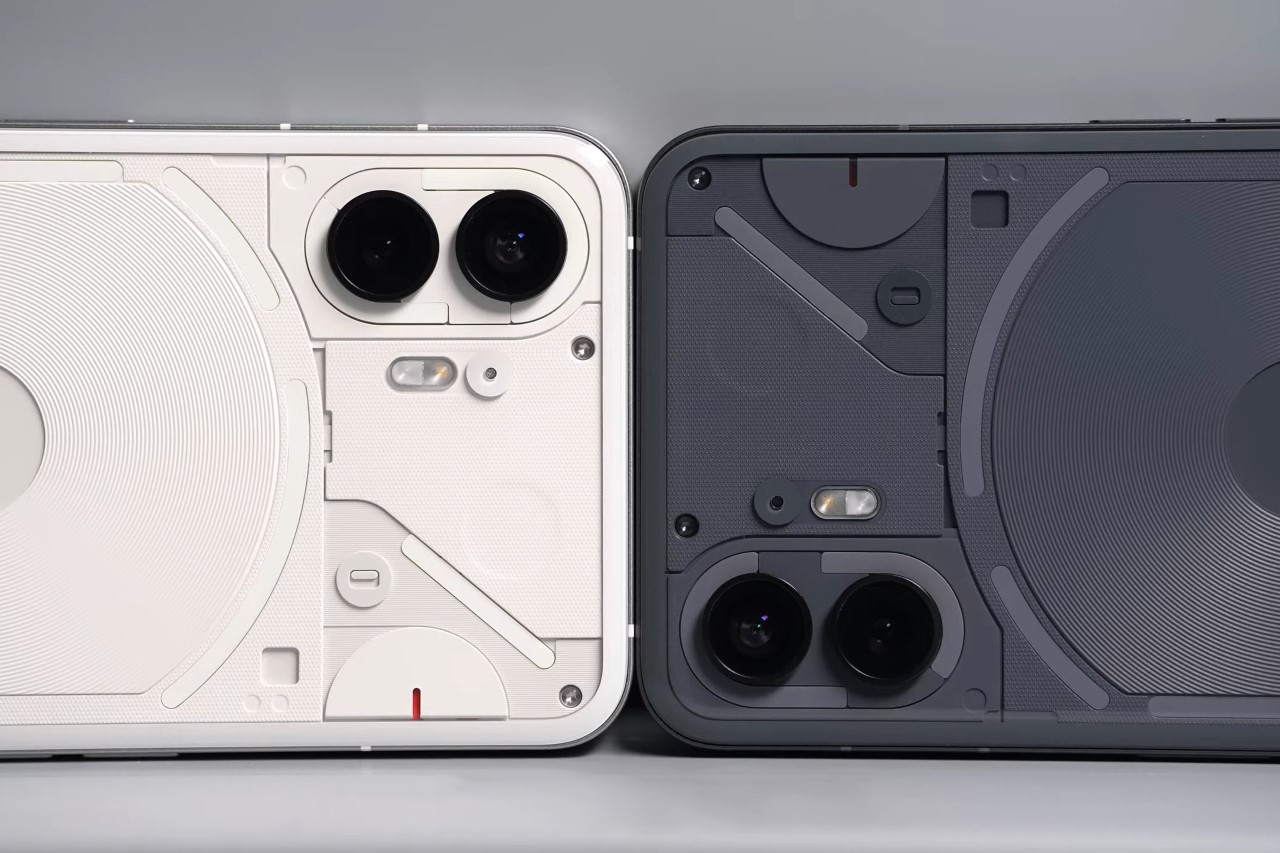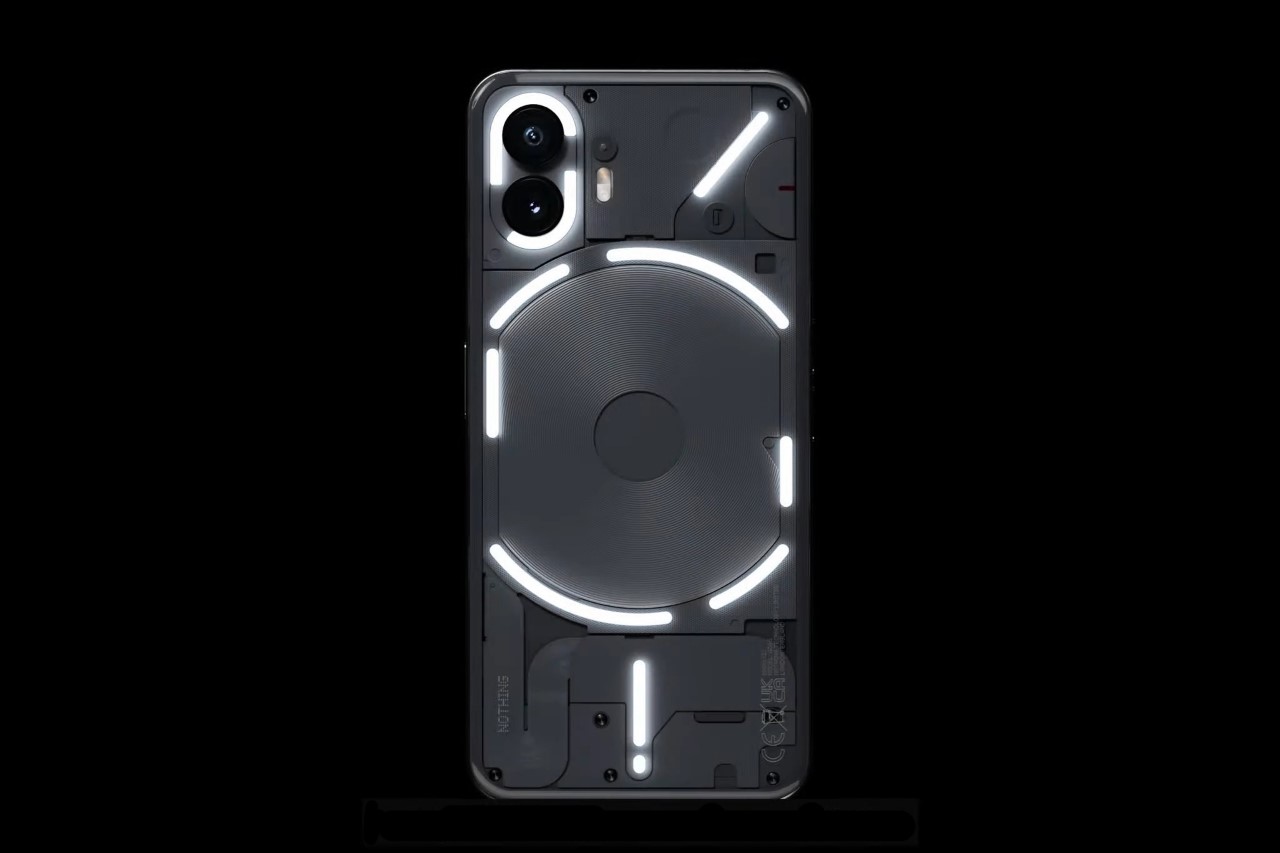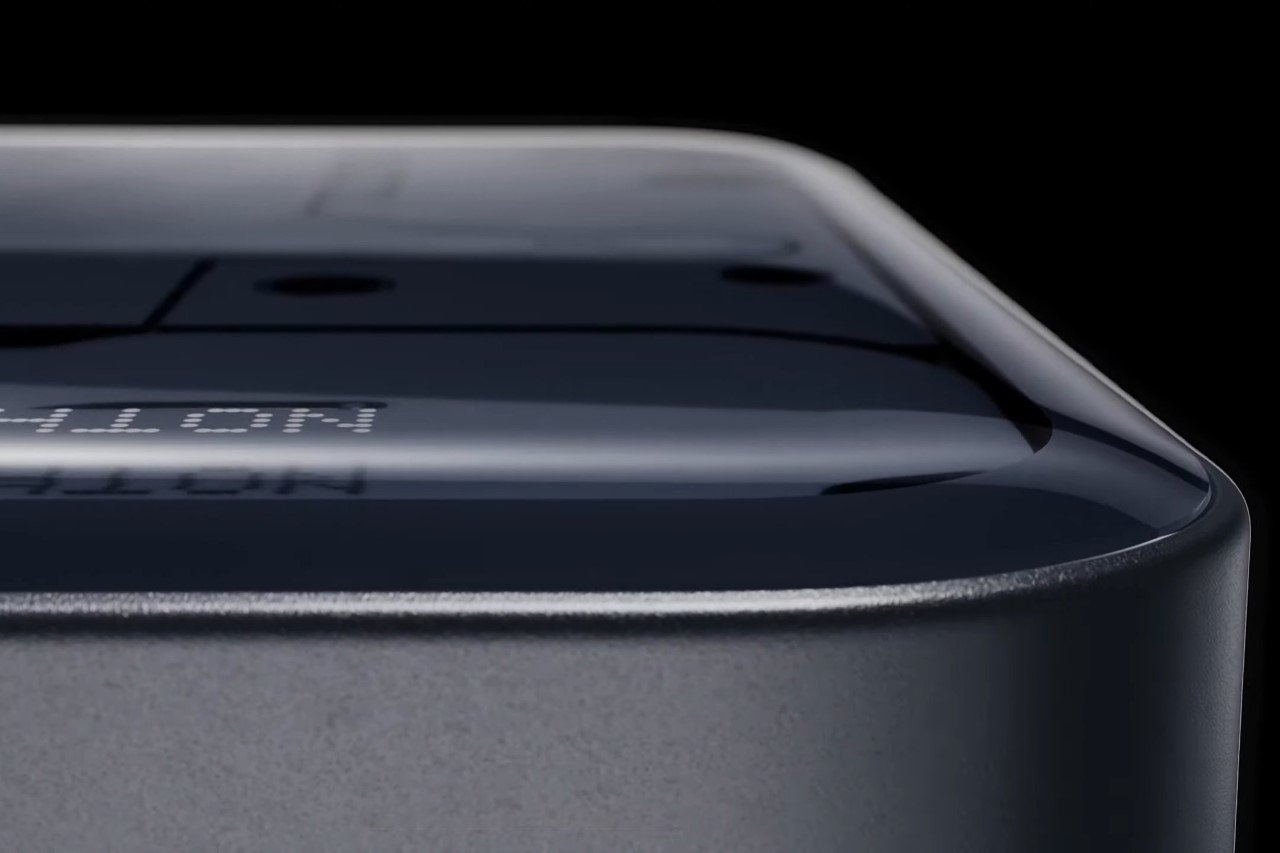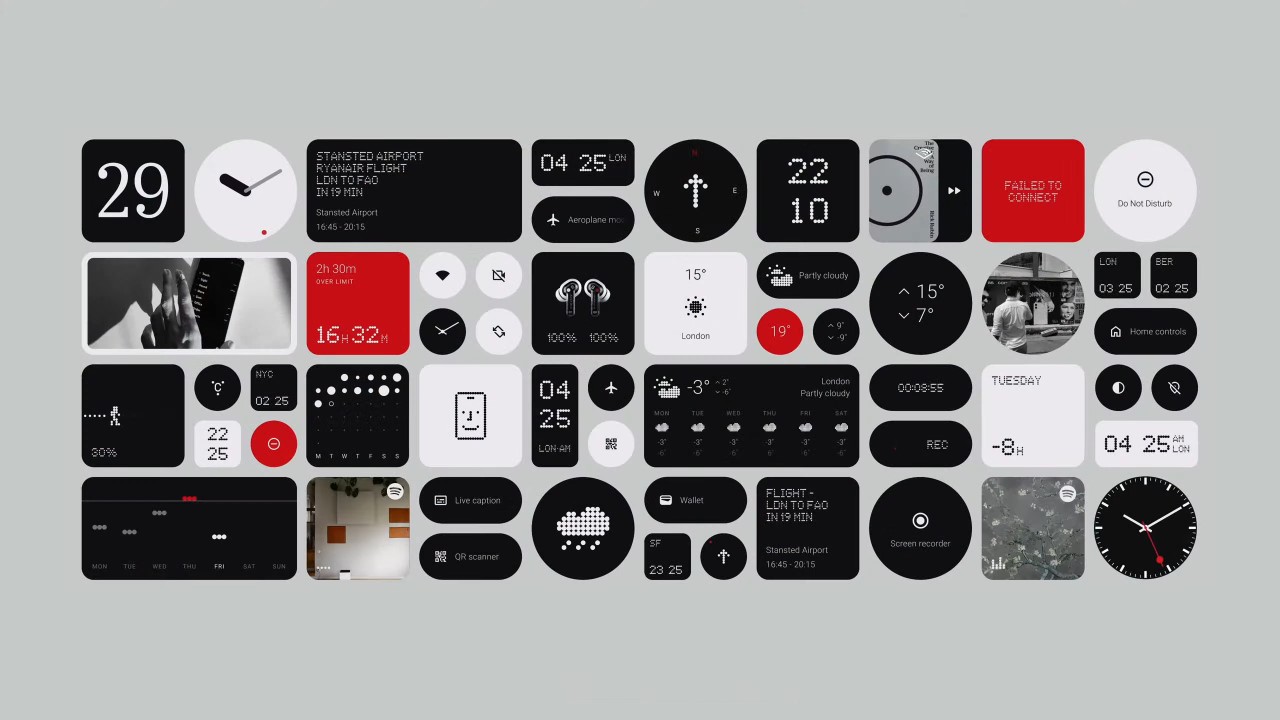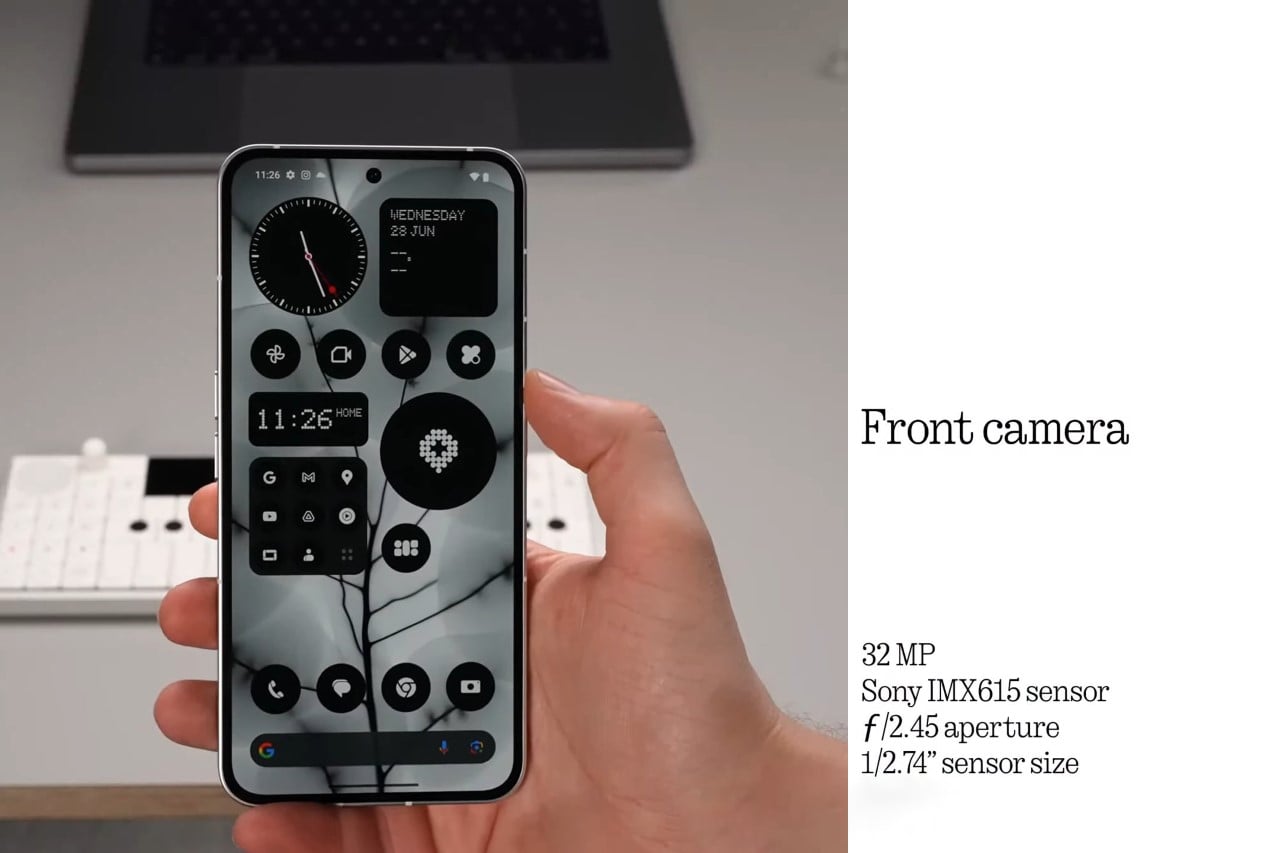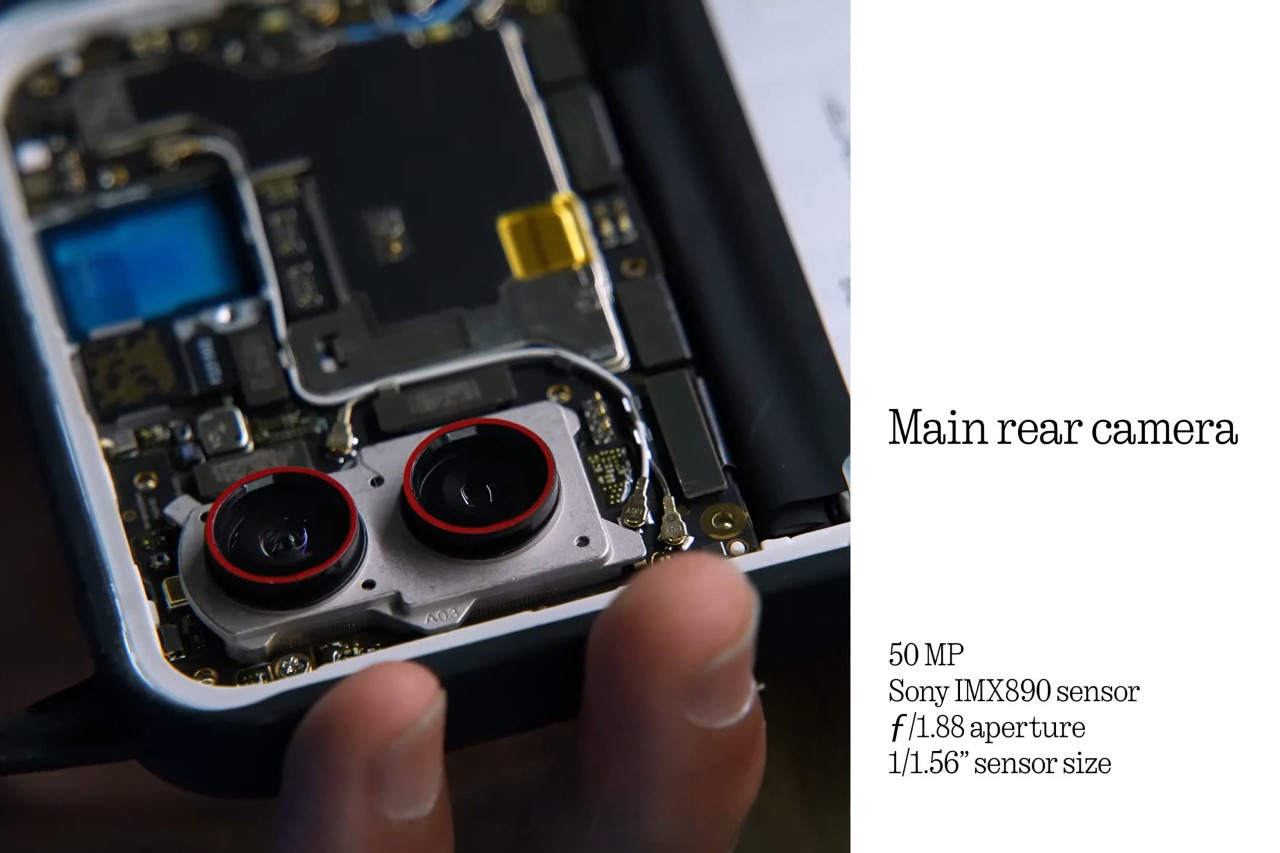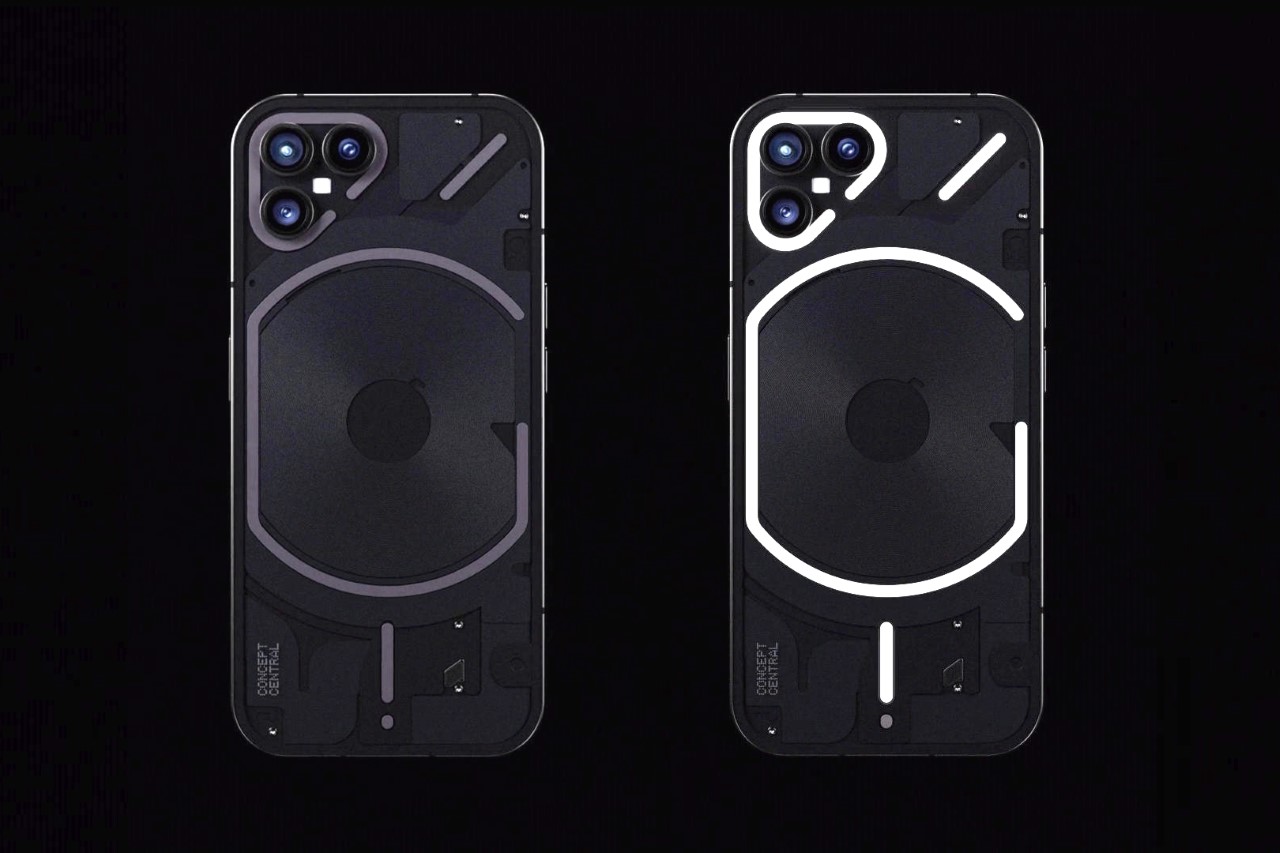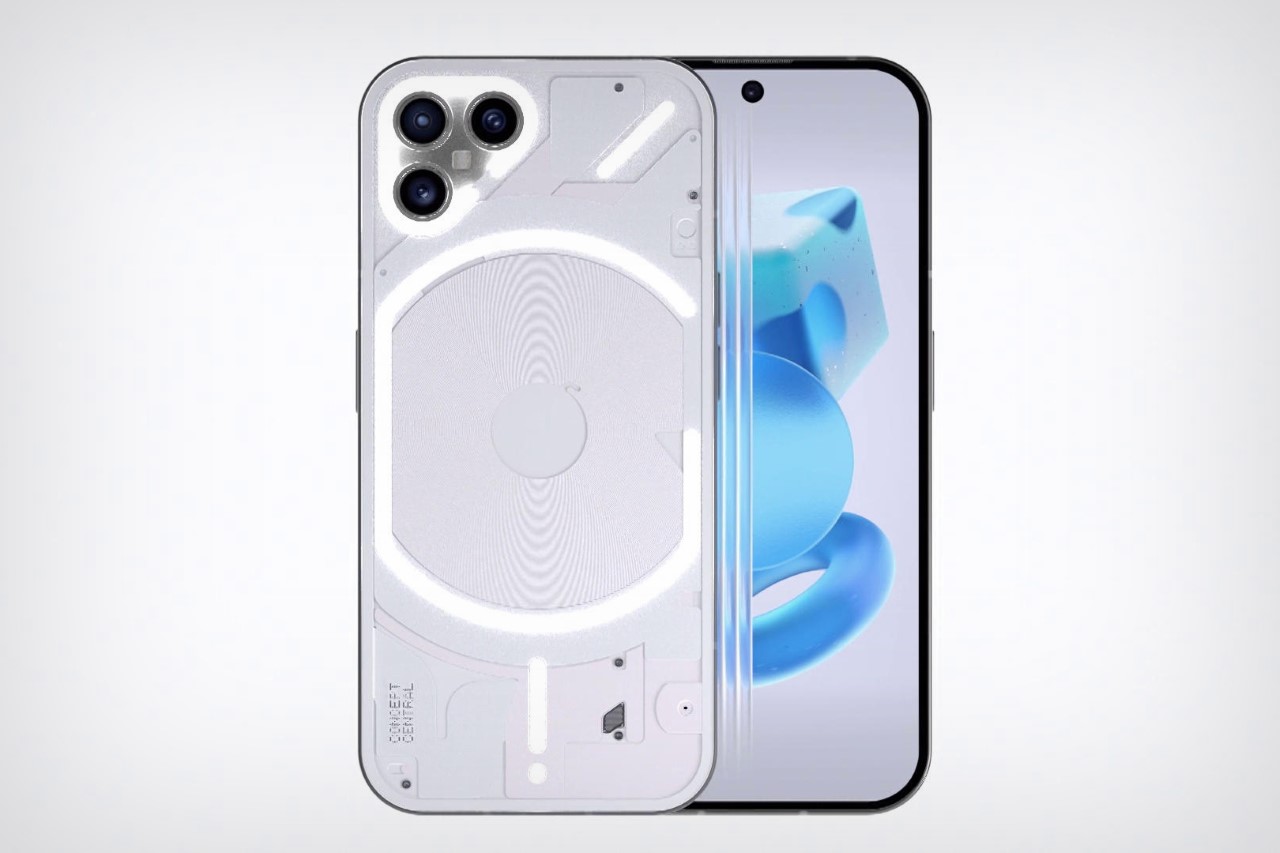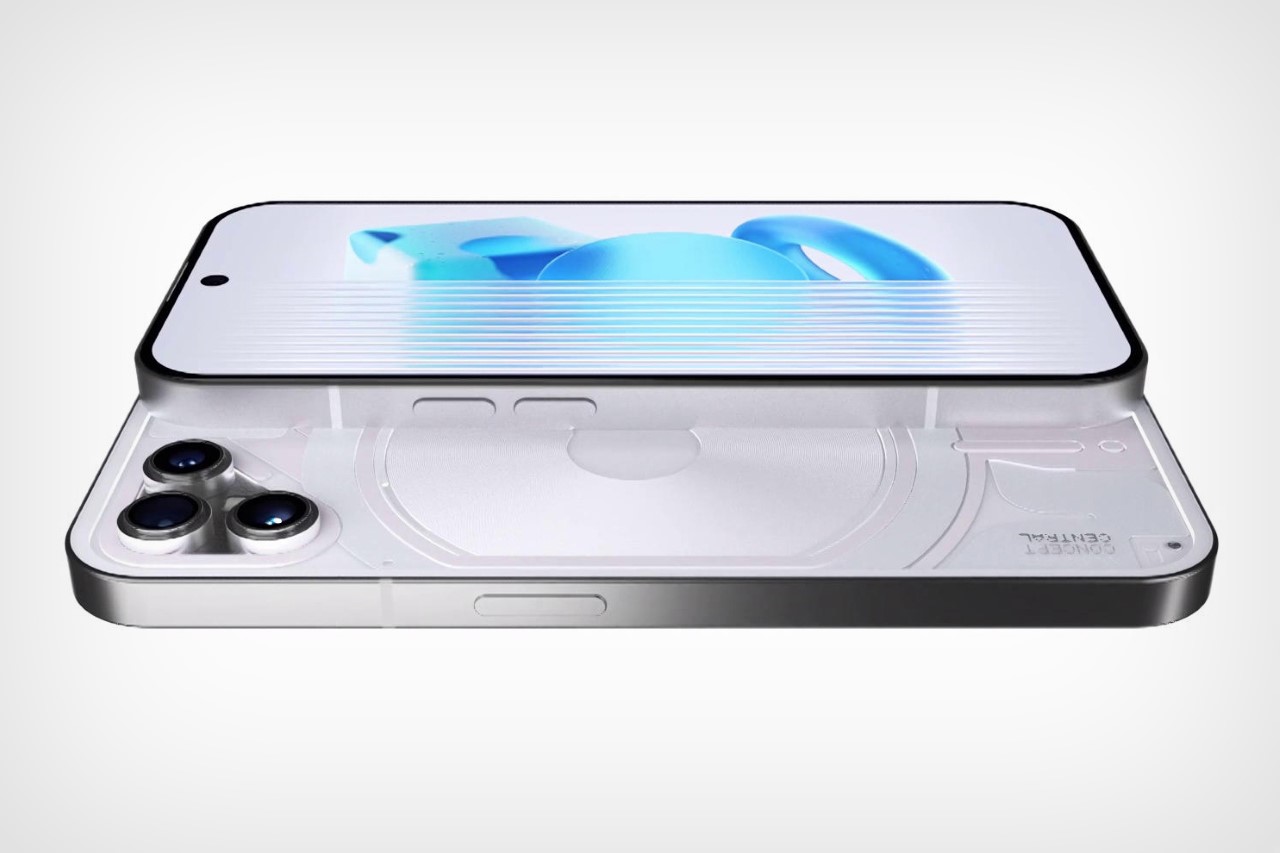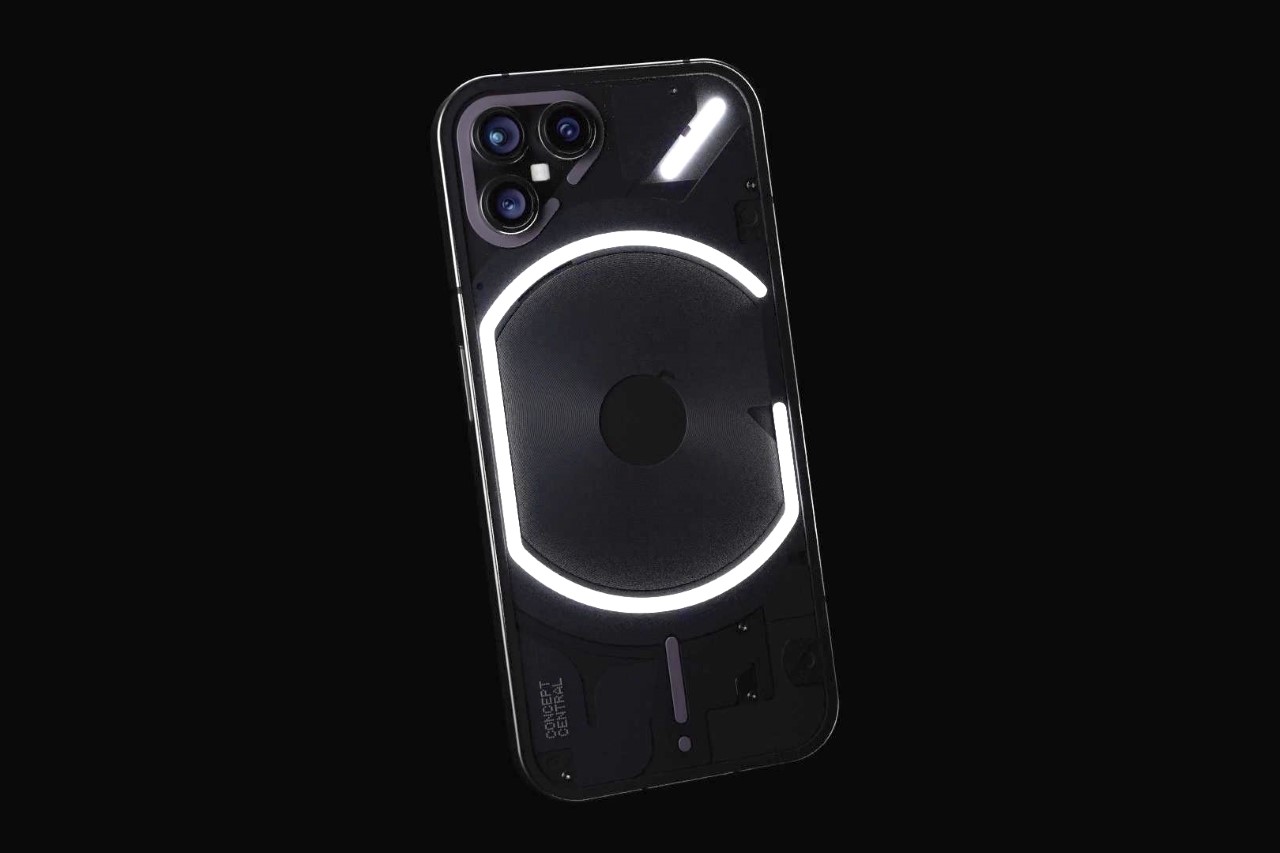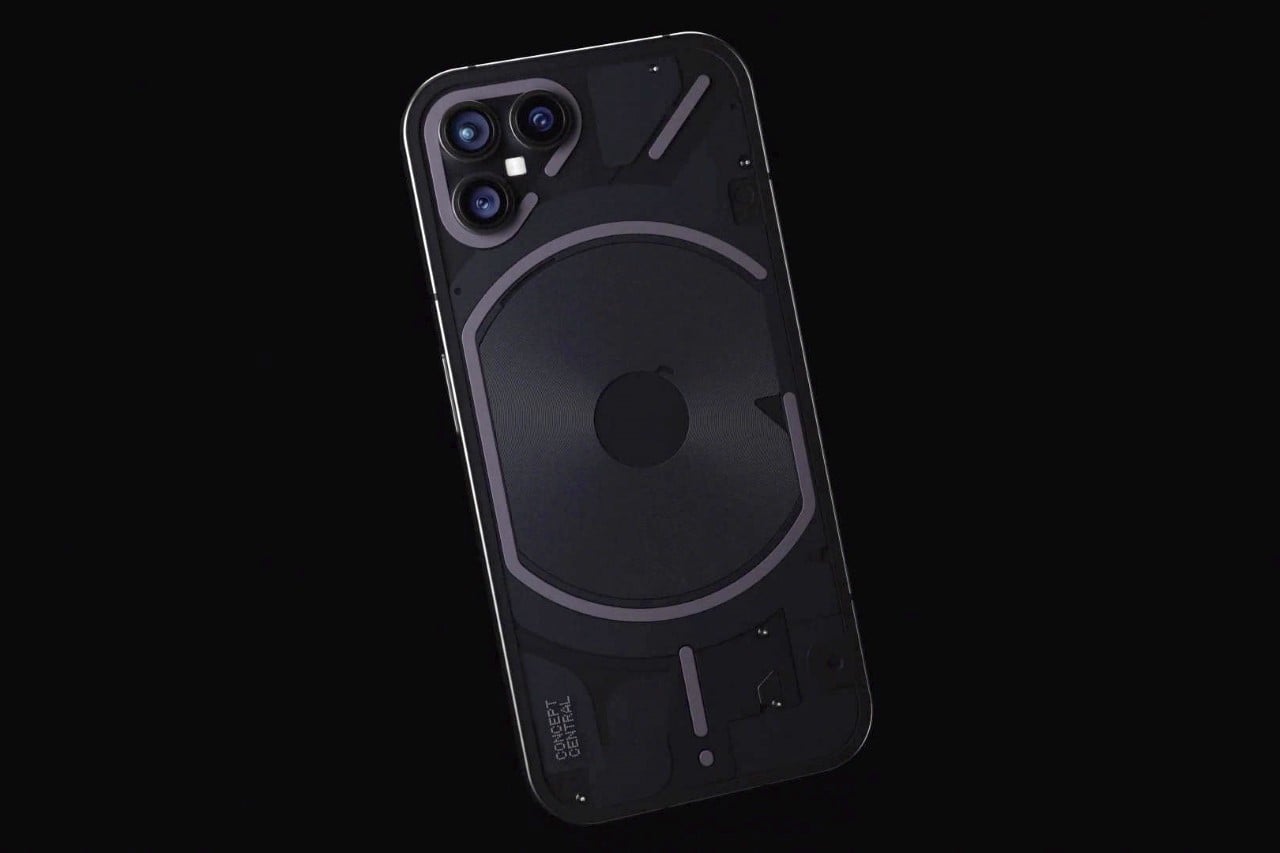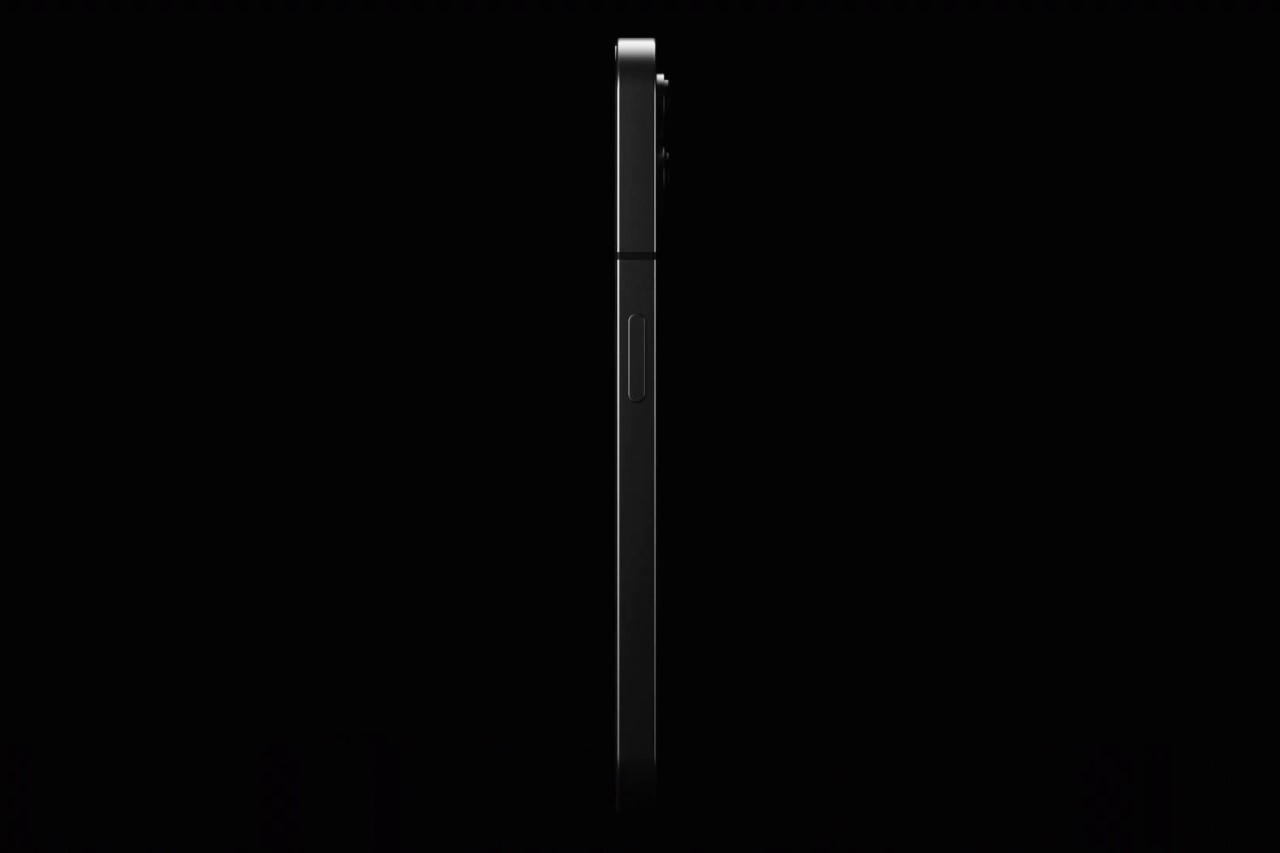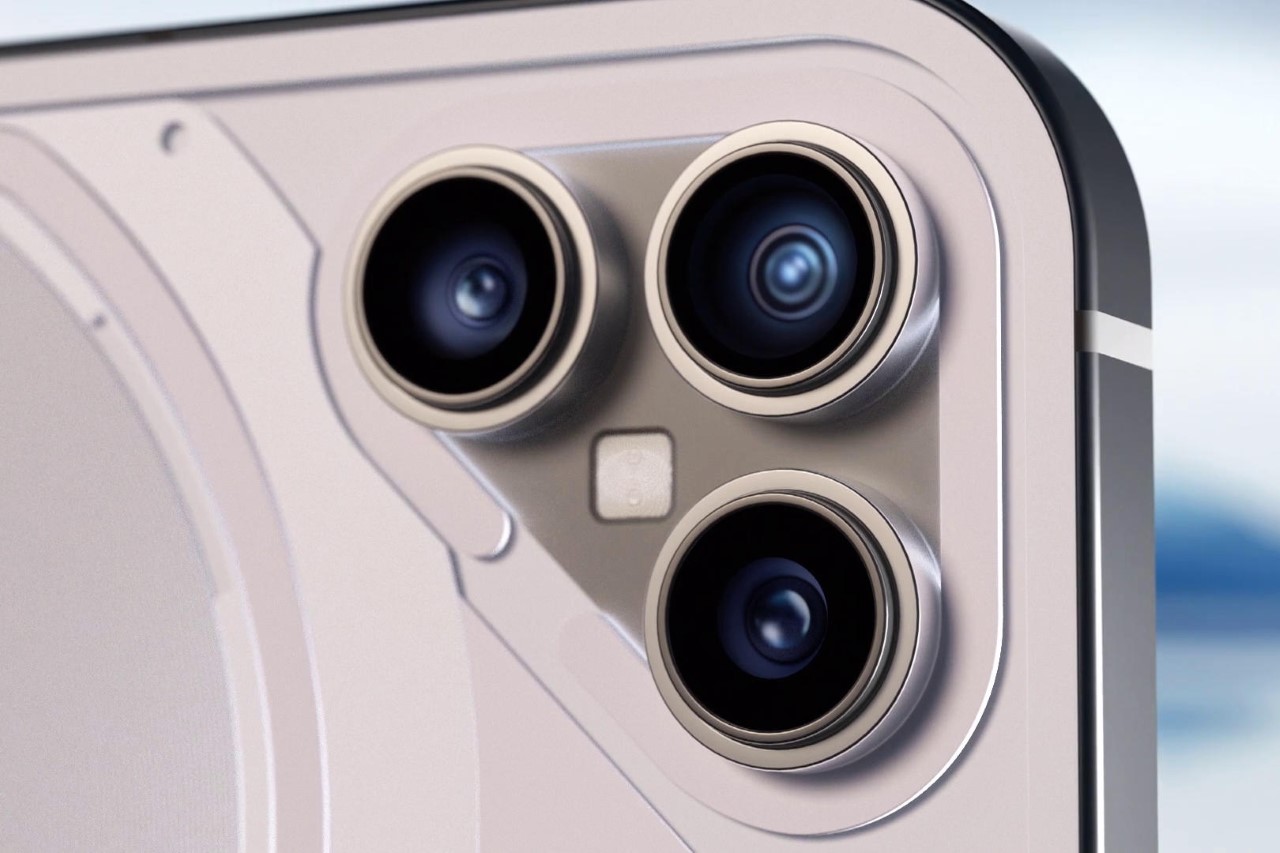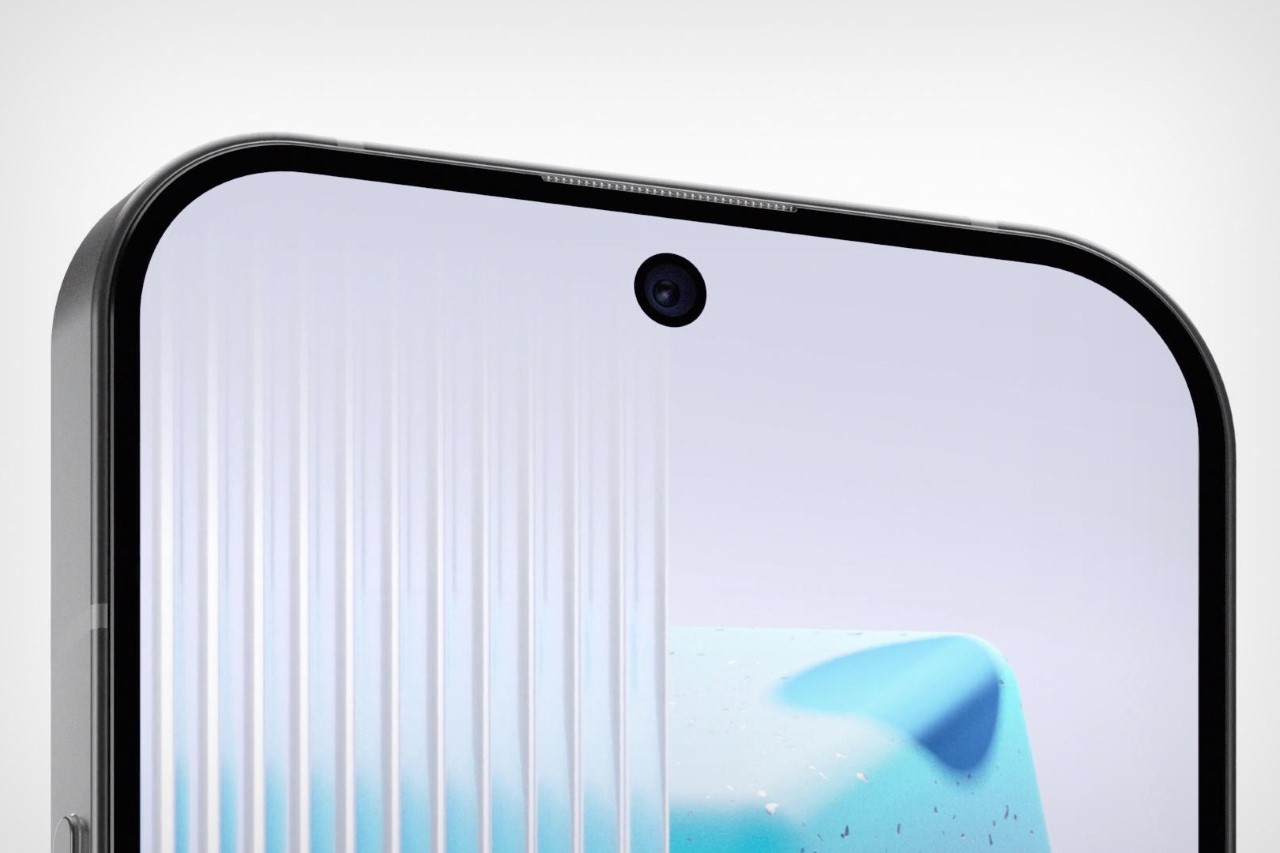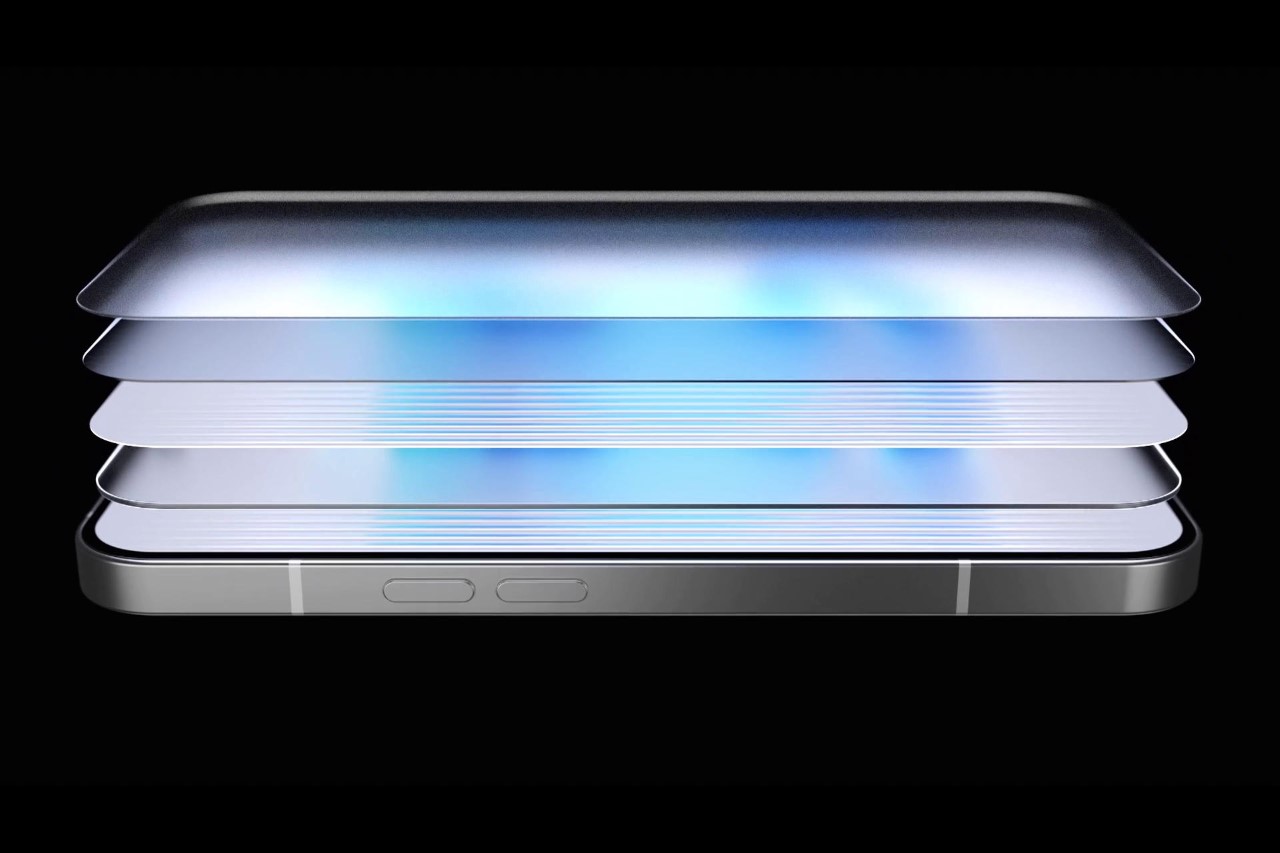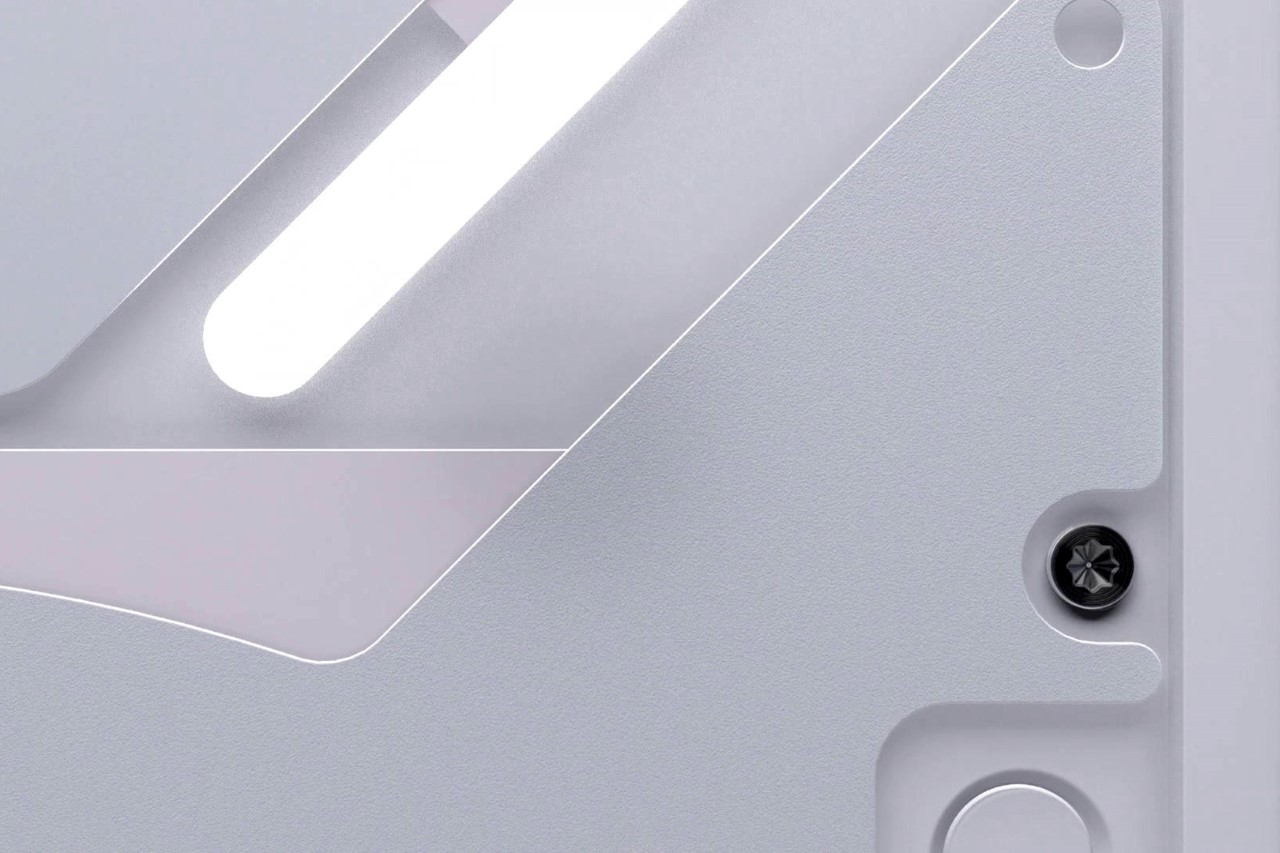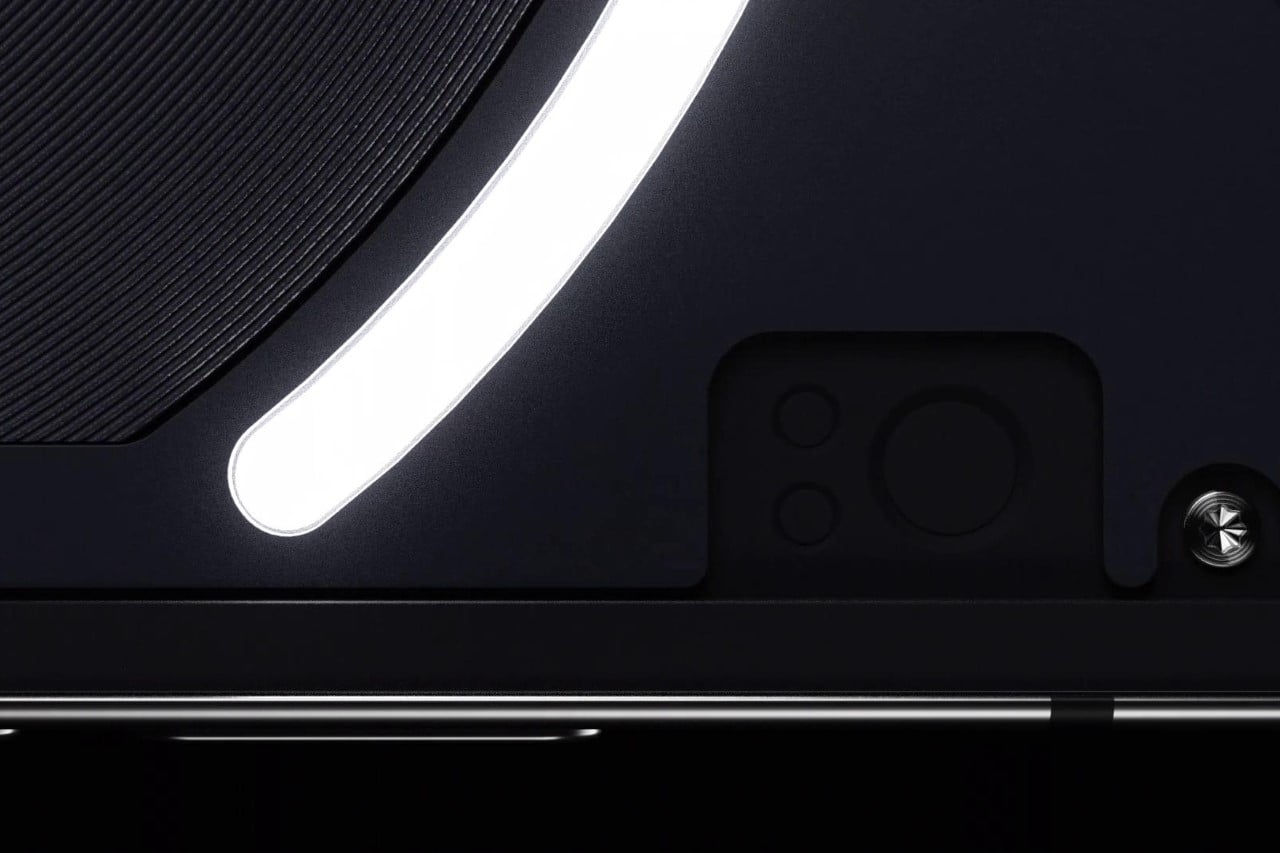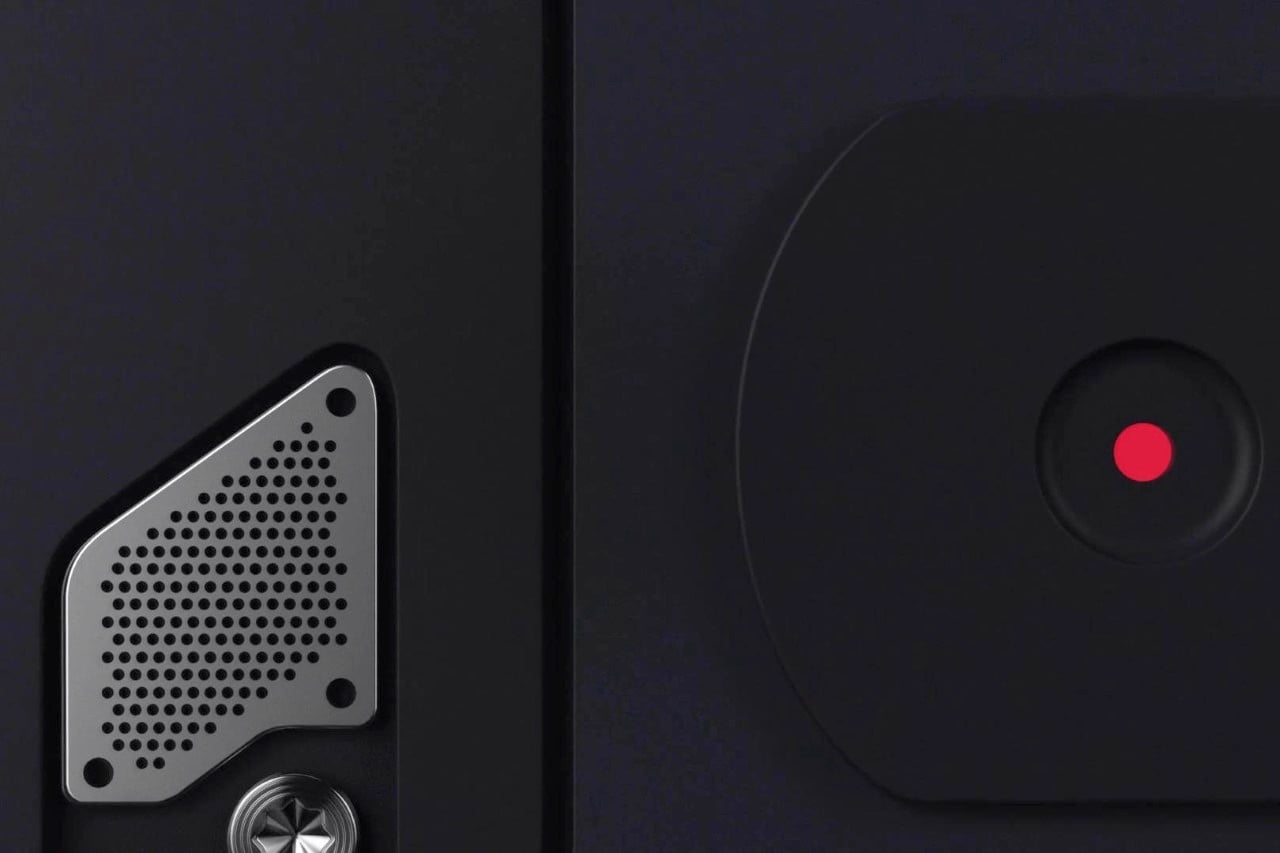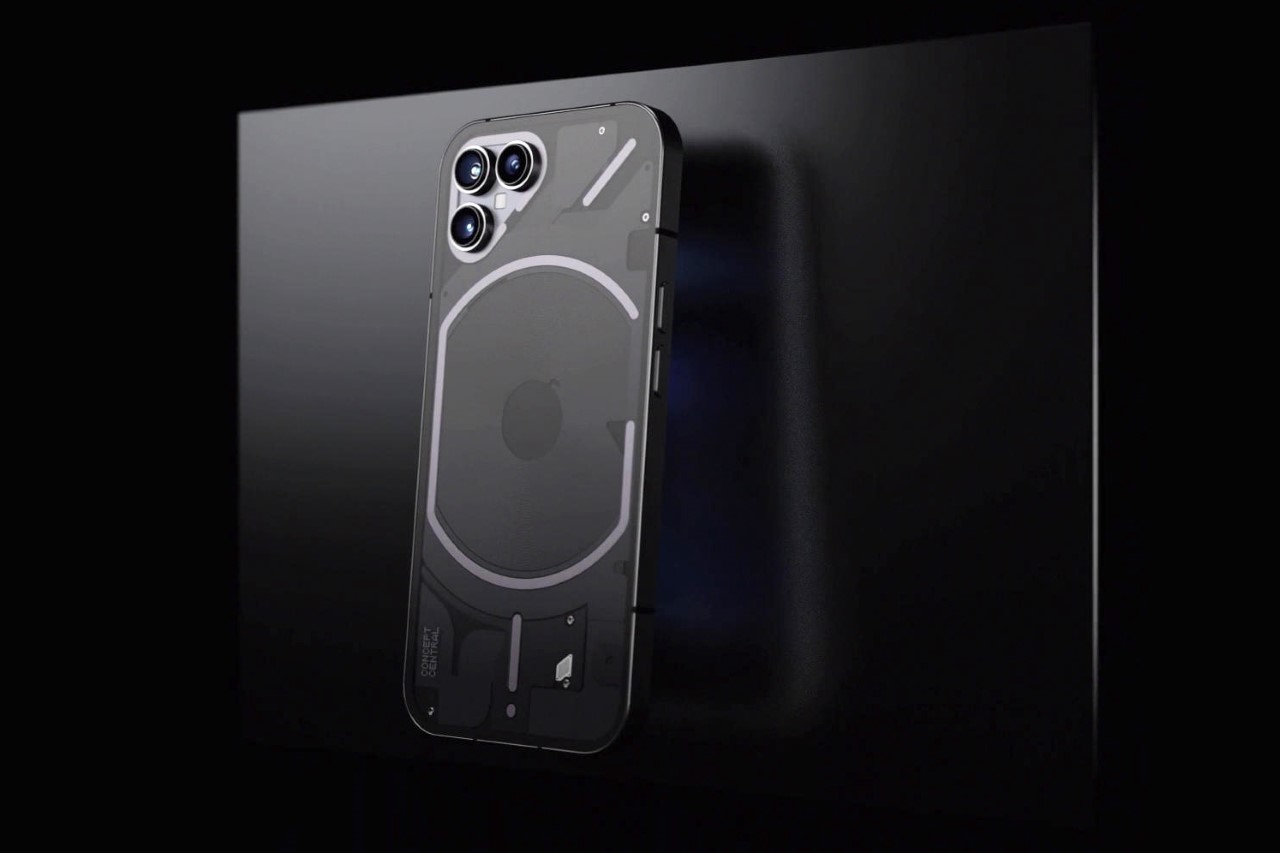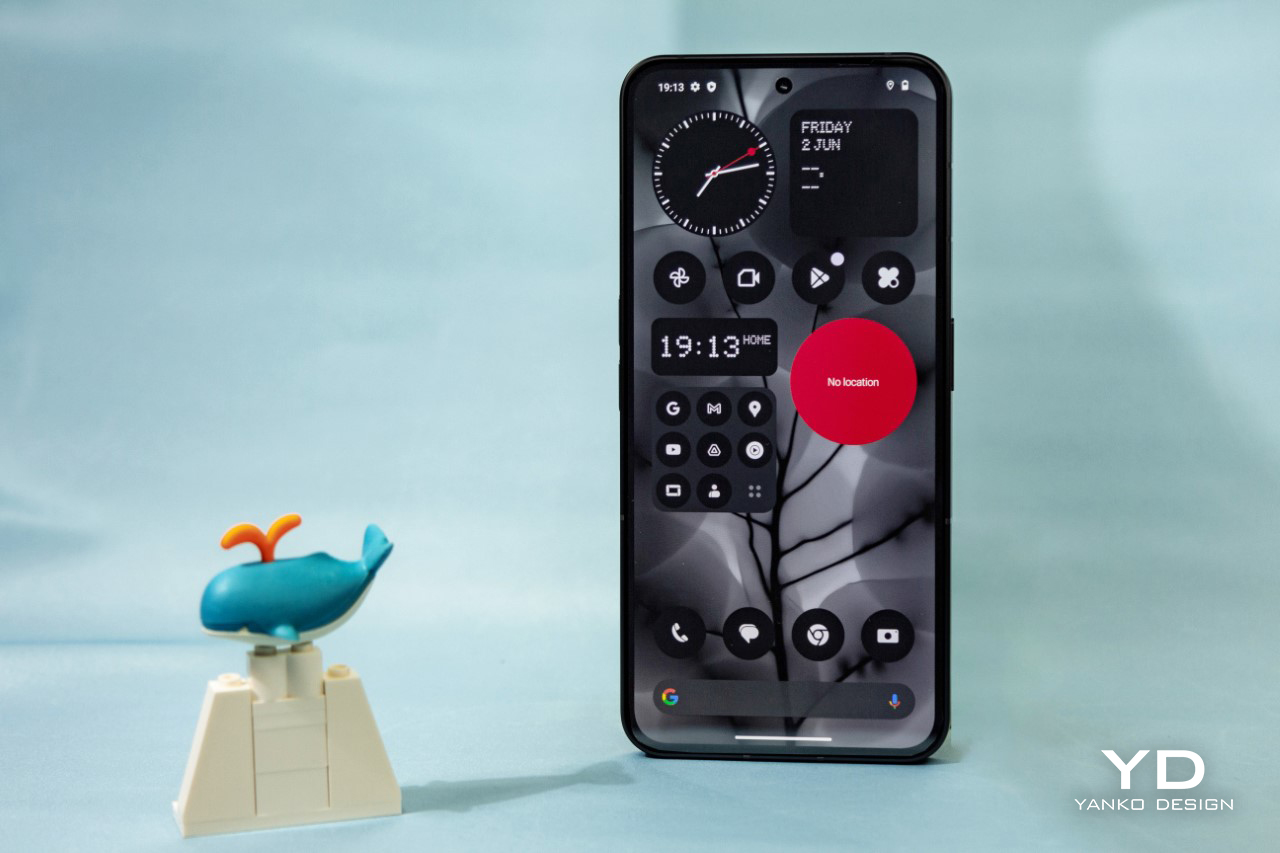
PROS:
- Resilient Battery Life
- Premium Design with more 'Functional' Glyphs
- Beautifully clutter-free Nothing OS
CONS:
- The sudden price bump
- Camera still needs some tuning
- Glass back is still highly slippery
This year’s Nothing Phone (2) is an even bigger deal than last year’s grand launch. You see, it’s easy to launch a company or a product range, but it’s incredibly difficult to sustain the momentum and energy a year after its launch. Pei shows that he’s still got that mojo, and even more so considering Nothing is rumored to be announcing new products under their CMF sub-brand. It’s been a hot minute since Nothing unveiled the Phone (2) and let’s just say, even with strenuous use, I’ve charged this device probably once every 2-3 days. Sure, one could argue that loading it with multiple apps, media, etc. does have its own effect on battery life, but even for first impressions, this phone’s battery seems to be the biggest standout… especially considering how companies are experimenting with dual-screen folding phones, much to the detriment of the overall battery life.
Click Here to Visit the Nothing Website
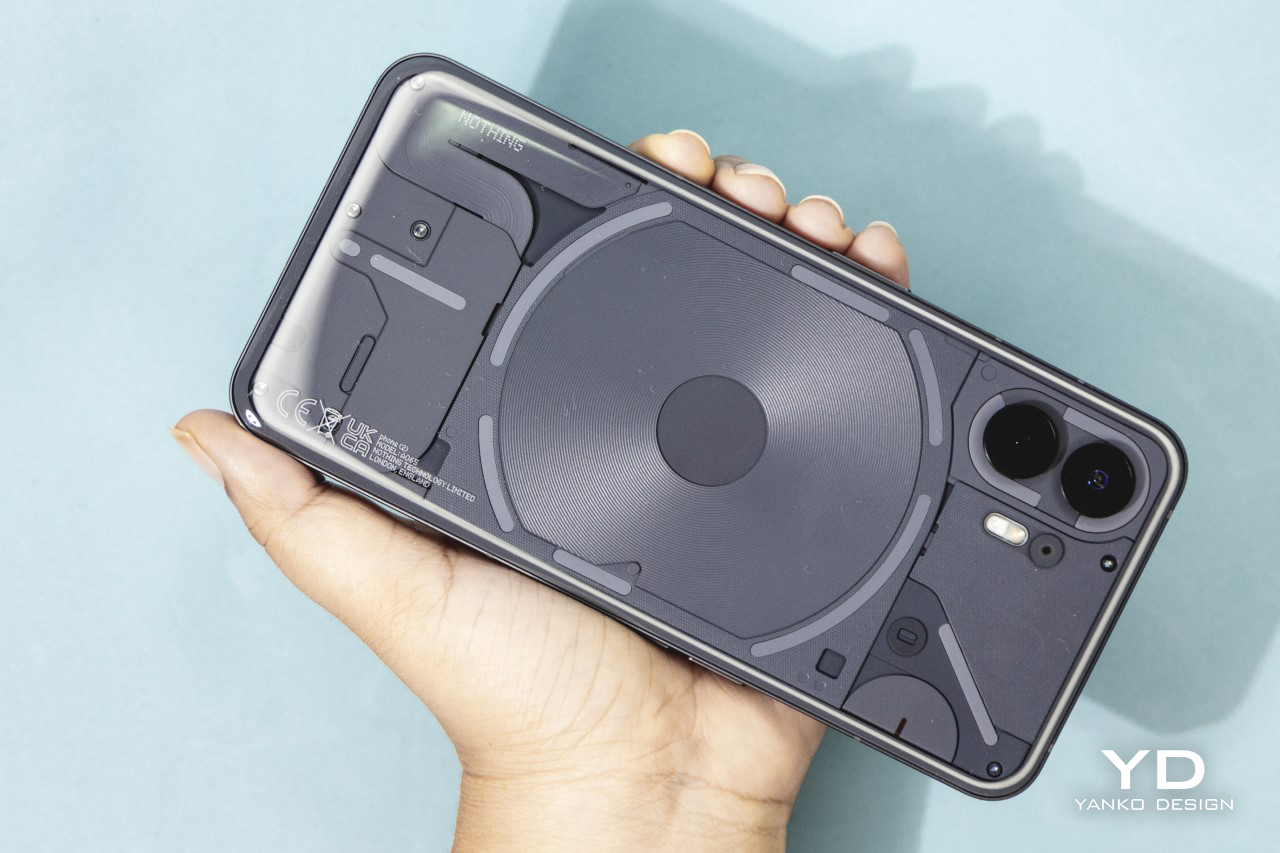
About the Phone
The Phone (2) is an iterative exercise in Nothing’s grand scheme of making technology more transparent and more fun. Last year’s Nothing Phone (1) laid the groundwork for the range, and this year, the Phone (2) hopes to carry the baton further with a design that just comes with subtle improvements. After all, if it ain’t broken, don’t fix it, right? The Phone (2) has better versions of everything, from the chipset and hardware to even the Glyph Interface and color (that grey color is just gorgeous to look at). It comes with a few unique accessories too, including a pretty neat-looking charging cable and a transparent SIM ejector tool. Moreover, this year’s Phone (2) also gets an improved Sustainability score over its predecessor thanks to the use of as many as 53 parts made from sustainable materials, including plastic-free packaging. The phone’s also designed to be repairable, using screws to assemble components rather than glue. All this comes at a price, though… and the Phone (2) sees a significant bump by $100, starting at $599 for the 128Gb model.
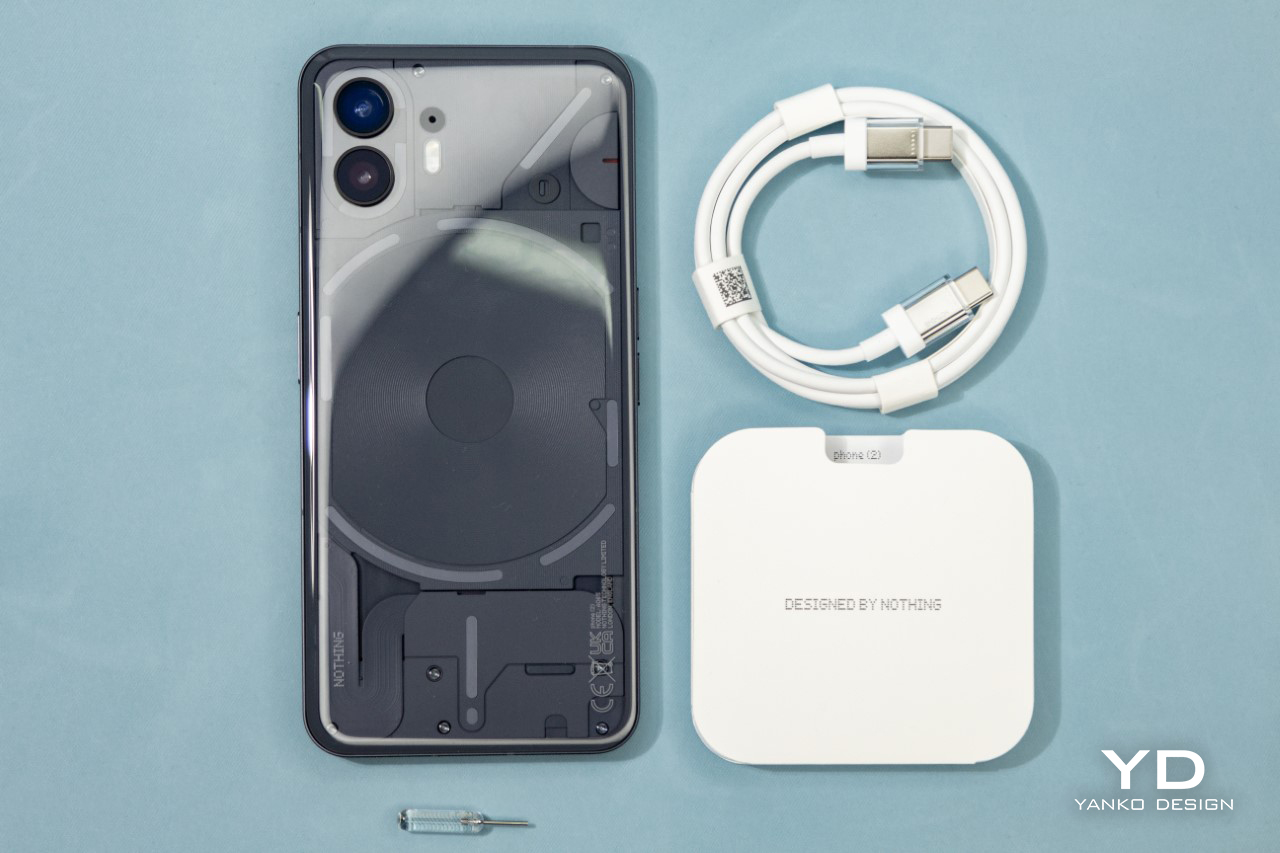
New and (Slightly) Improved Design
The Phone (2)’s design doesn’t see massive changes – in part because radically changing designs can be incredibly expensive with re-tooling and re-engineering costs really piling up, and also because the Phone (1) was already designed with a recognizable visual language. With the Phone (2), there are four stand-out differences. The first is the presence of a grey colorway over last year’s white. The grey arguably looks better because it provides the right amount of contrast between the transparent elements on the back. It doesn’t respond well to damage, however, as the grey paint scratches off the metal chassis pretty easily if you drop the phone. The second difference is the slightly curved back, which makes the phone look noticeably thinner, more premium, and easier to grip (even though that glass back is notoriously slippery). The third is a little less obvious, but it’s the central alignment of the front-facing camera, and the fourth… well, the fourth difference pretty much gets its own section in this article.
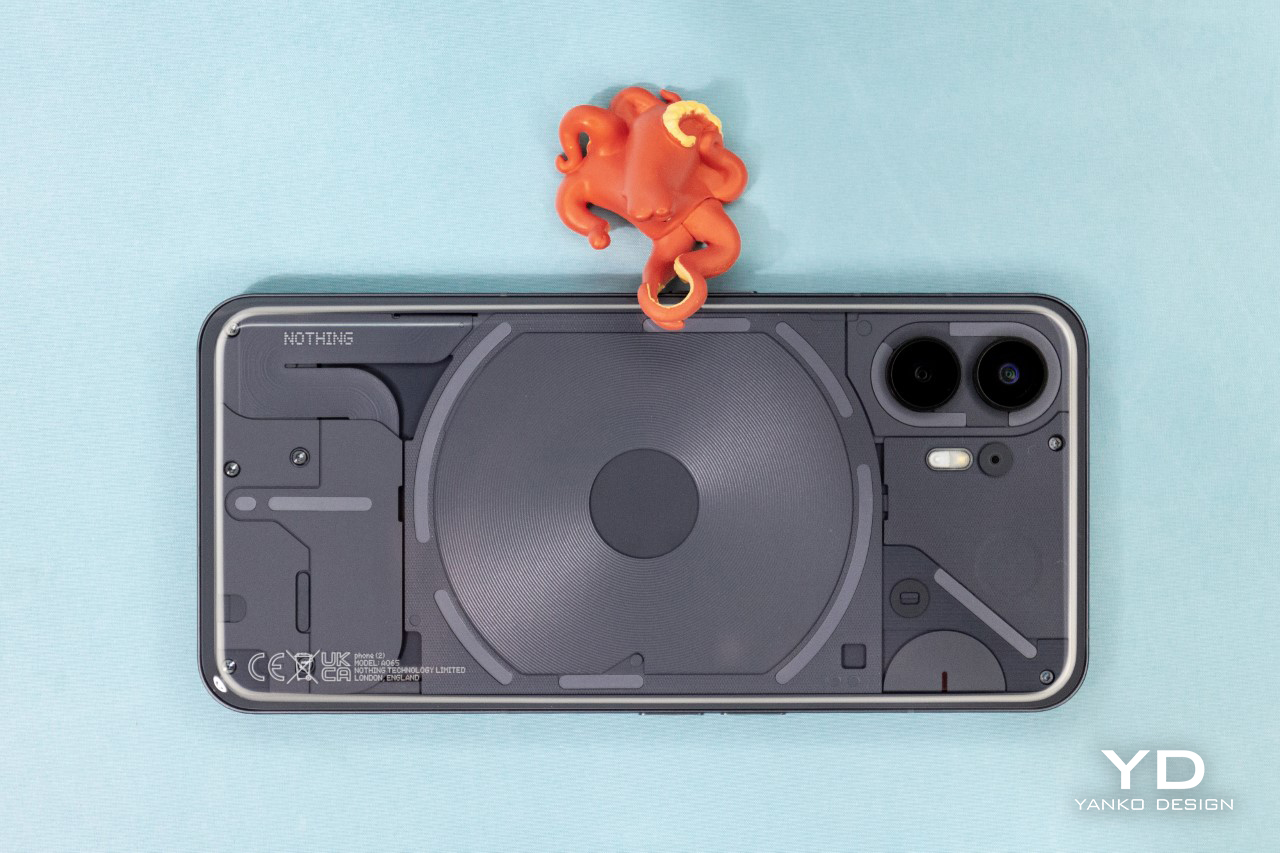
Glyph Interface Gets More Character
Last year’s Glyph Interface felt a bit like an unfinished project. This year’s Glyph Interface opens more avenues for functionality. Now with 11 different zones, the interface has the ability to ‘communicate more’ information, pretty much embodying the same logic of pixels. More pixels, more information. The 11 dedicated zones can be used in a multitude of ways, beyond just the flashy ringtone or camera light. You can assign glyph lights to apps, creating notification lights out of them so you know when you get a notification, and which app it’s from, even when the phone is face-down. The lowest glyph works as a status bar during charging, and now a glyph arc on the top right works as a countdown timer, with LEDs gradually turning off to make the light strip shorter as a visual indication of time. This feature, funnily, wouldn’t work unless the phone detected itself being kept face down. It required a bunch of tries, although when it worked, it worked flawlessly.
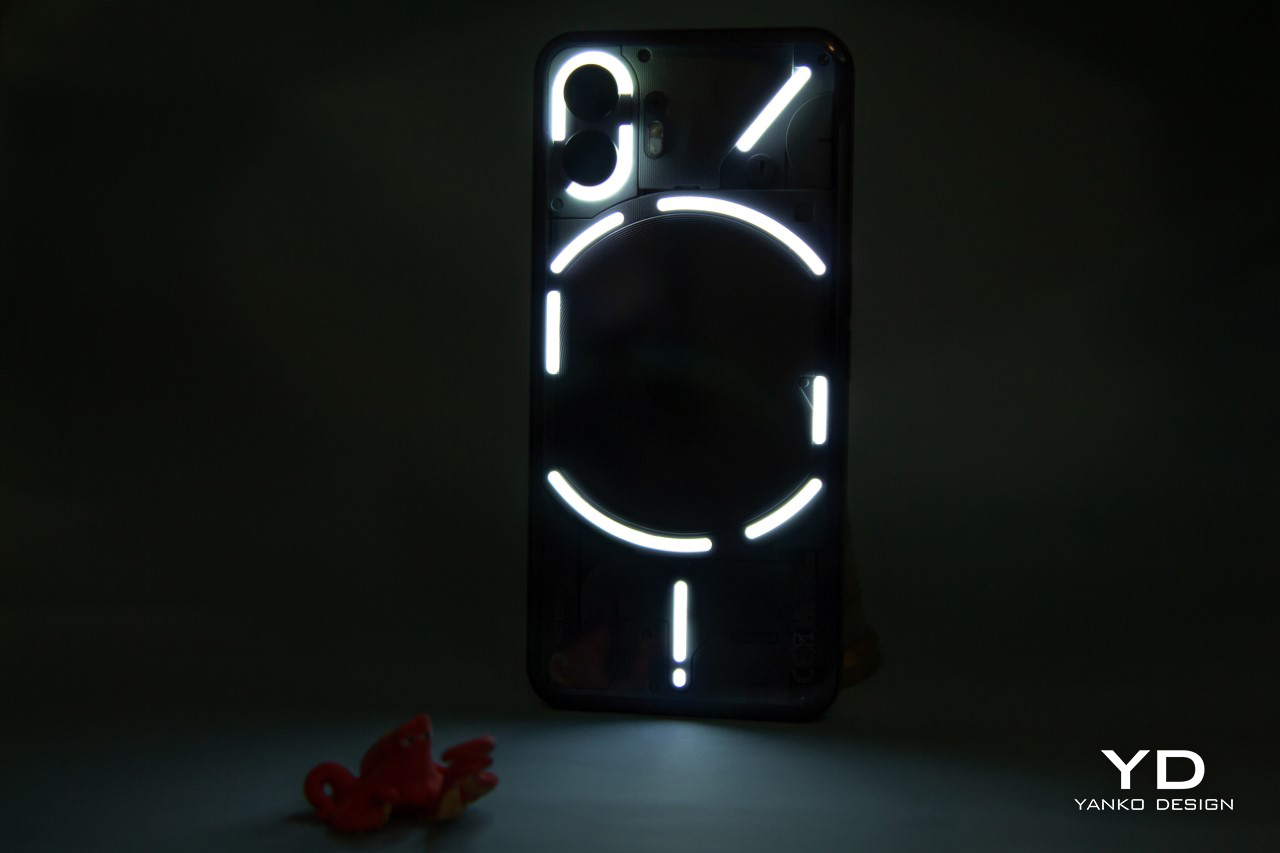
The NothingOS
The NothingOS 2.0 is by far the cleanest, most satisfyingly minimal launcher I’ve seen on any Android phone. It’s one of the things that doesn’t get mentioned often, but is perhaps the most important part of the phone’s entire experience. The Phone (2) comes with Nothing’s OS 2.0 bundled along with it, and the second you switch it on, you realize how unified it looks, how snappy it is, and how incredibly devoid of bloatware the phone is. In a world where smartphone companies still load their phone with apps you probably won’t ever use, the Phone (2) comes surprisingly light. It has JUST the essential apps, all with black-and-white icons, and widgets that fit beautifully into the phone’s home screen. While Nothing claims to make technology fun, the OS actually makes tech fun-ctional. There’s a fair amount of intent with which Nothing built out this OS, and I noticed a fair boost in my focus while using the app. I wasn’t distracted by tonnes of pixels and icons and colors. The OS made me feel rightfully clear-headed rather than distracted.
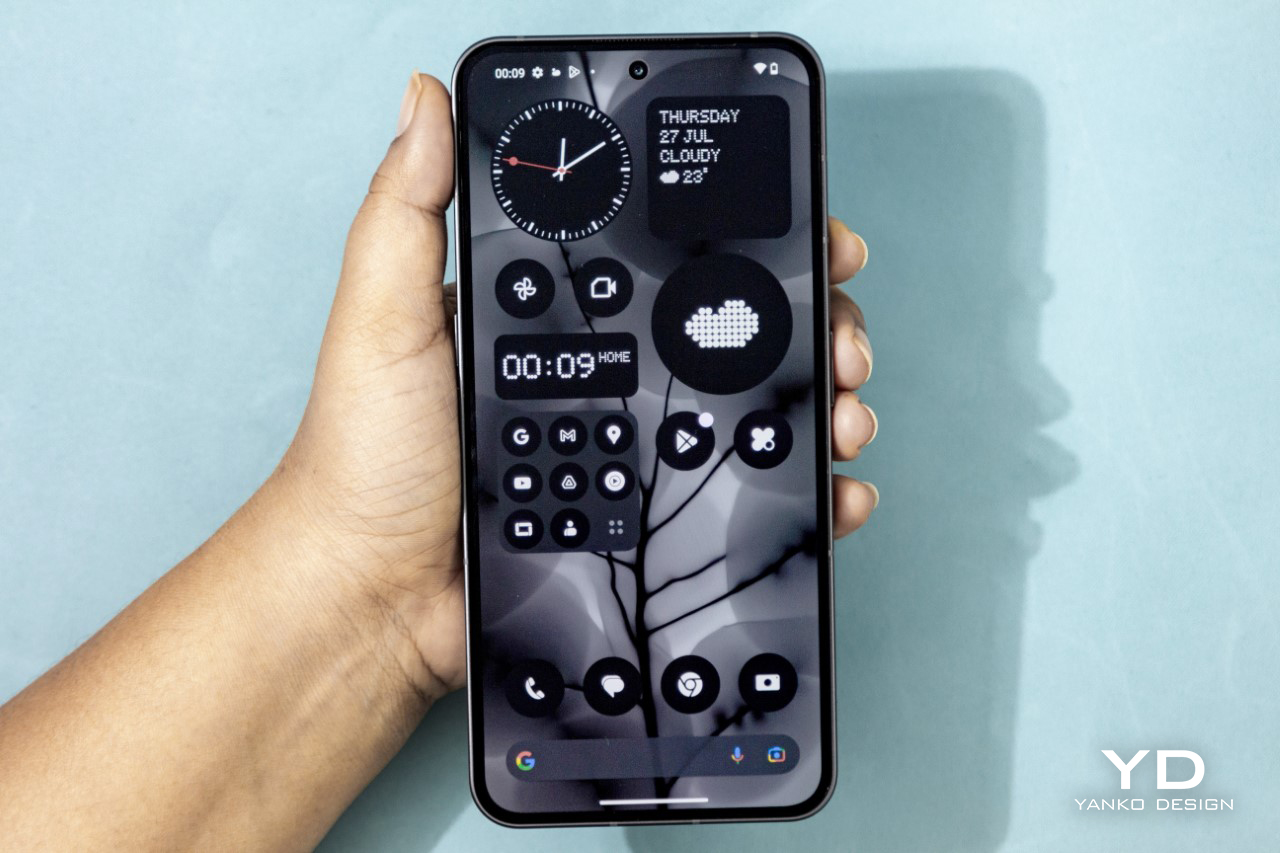
The Camera
Last year’s phone got a pass for having a fairly decent camera, but this year it seems that even though Nothing took notice, it wasn’t enough. Sure, as far as specs, go the Phone (2)’s camera measures up rather well, with the front camera now getting bumped up to 32 megapixels, and the rear cameras getting a few improvements with HDR, low-light photography, and blur removal. The camera still, however, saturates colors a little too much (sceneries look incredibly green and vivid to the point of looking a little artificial), and low-light photography doesn’t really hold a candle to Google, Samsung, or Apple’s tech. Optical stabilization is good during video, although it feels like the phone overcorrects a bit, and the Macro mode seems quite good at working with details up-close. On its own, the camera is decent, but it’s come a long way when compared to last year’s Phone (1) camera.
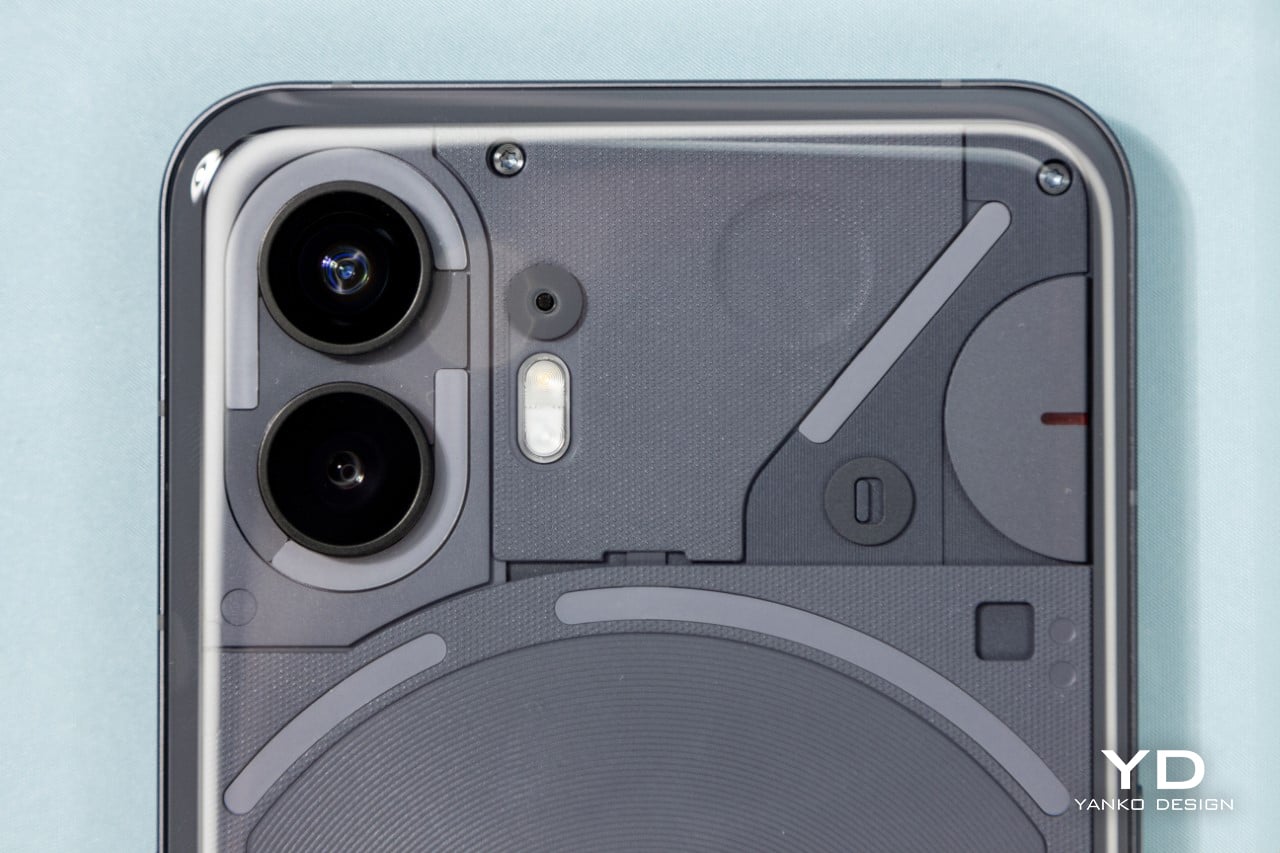
The Performance + Battery
If there’s a single area where the Phone (2) vastly exceeded its predecessor, it’s this. Last year’s smartphone had a pretty noticeable problem with heating up while charging or with heavy use, but this year the Phone (2) cruises through with no hiccups. Games work exceedingly well on the app and scrolling through sites is responsive and snappy. However, the one feature we were thoroughly impressed with was this year’s battery upgrade. With a 4700mAh battery, the Phone (2) lasts comfortably long with regular use, and even more on standby. With constant use, I managed to easily cruise through an entire day without needing to pull out the charger. In fact, I could go more than 24 hours without charging the phone. In idle mode, however, the phone comfortably lasted for half a week without needing a charge. If there’s one feature that thoroughly impressed me with this phone, it’s how reassuringly good the Phone (2)’s battery life was.

The Price
I want to say the price bump caught me by surprise but honestly, it didn’t. Ultimately, companies need to make money, and an affordable smartphone doesn’t pay for R&D. Last year’s $499 phone was purely priced to create a hype cycle, but this year’s $599 phone hopes to sustain Nothing’s growth. After all, Pei did the exact same thing with OnePlus, bumping up the price with each subsequent model before launching the OnePlus X (which was a low-range offering), which blossomed into the Nord series. It isn’t inconceivable that Nothing will probably launch a budget-friendly range of phones too, although that would most likely come under its CMF sub-brand. However, until then, the Phone (2) starts at $599 for the 128GB 8GB RAM variant, going up to $669 for the 256GB 12GB RAM model and a sizeably high $745 for the 512GB 12GB RAM variant.
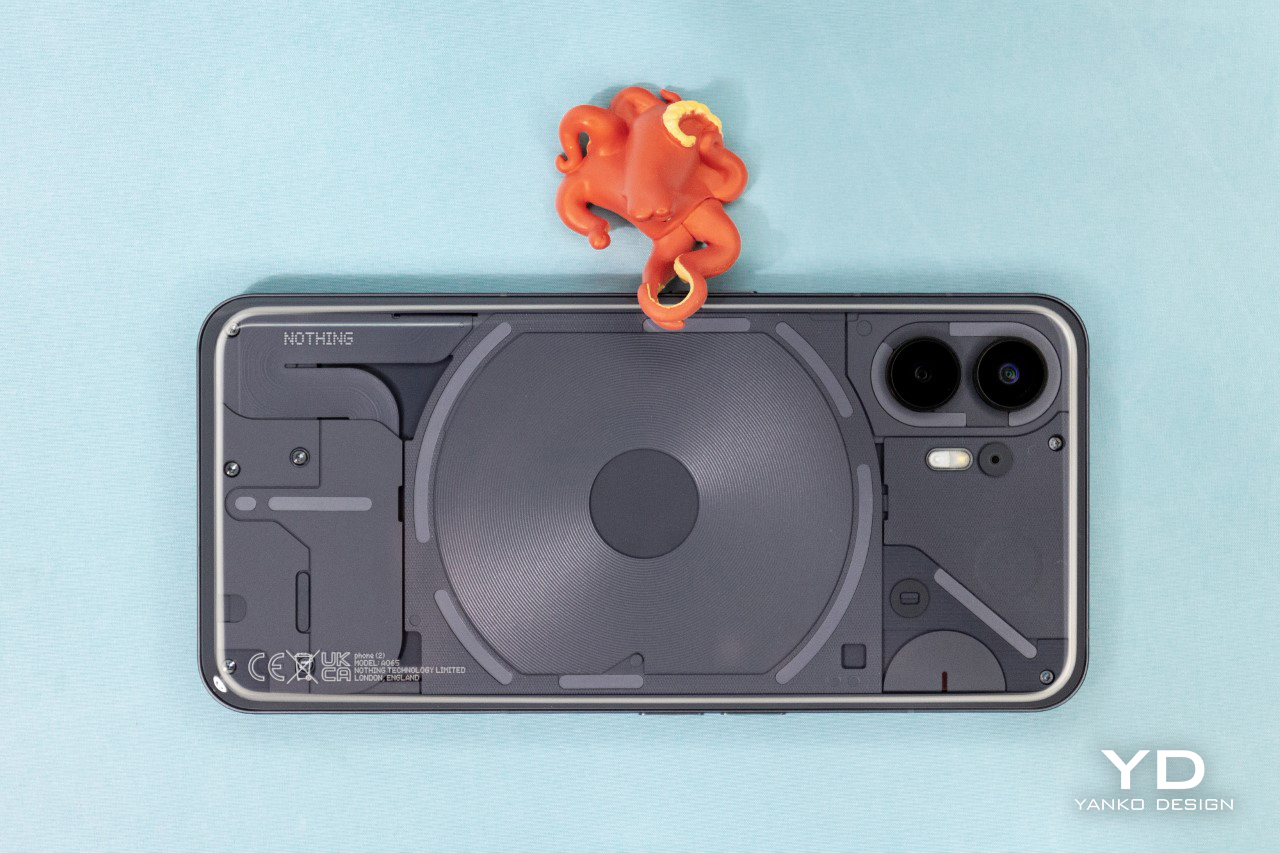
The Verdict
The Phone (2) somewhat loses its title of being the flagship killer, because with an average price of $669, it’s pretty much in flagship territory. That being said, the Phone (2) somewhat makes a case for itself with its features and fundamentals. I don’t recommend it for content creators or people looking to own a phone with a measurably great camera… but for people looking to own a phone that’s exciting, has a great OS, works remarkably well, and stuns with its battery life, the Phone (2) is a solid pick. The Phone (2) stands out brilliantly against a sea of otherwise boring designs, and Nothing does a fairly good job on its promise of making technology fun.
Click Here to Visit the Nothing Website
Photo Credits: Pratik Dhamapurkar
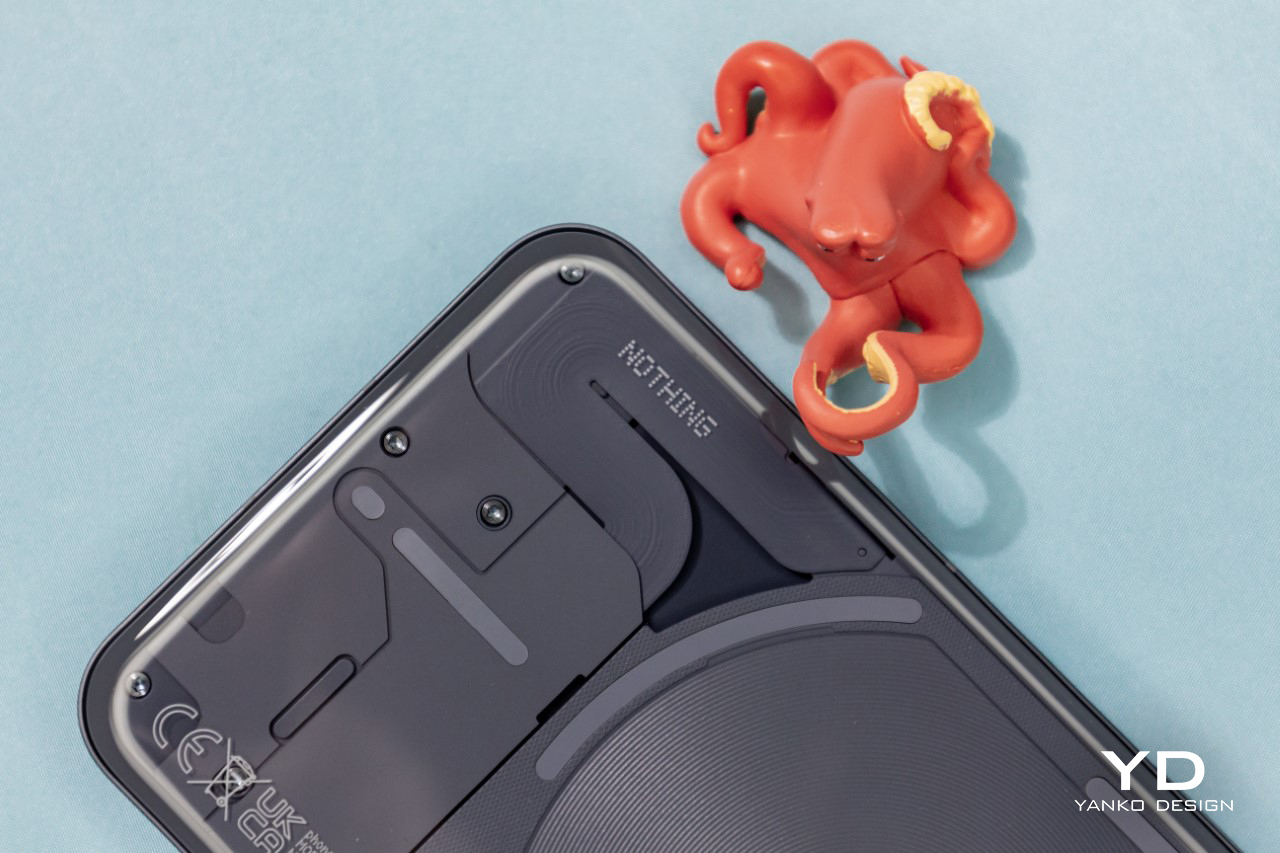
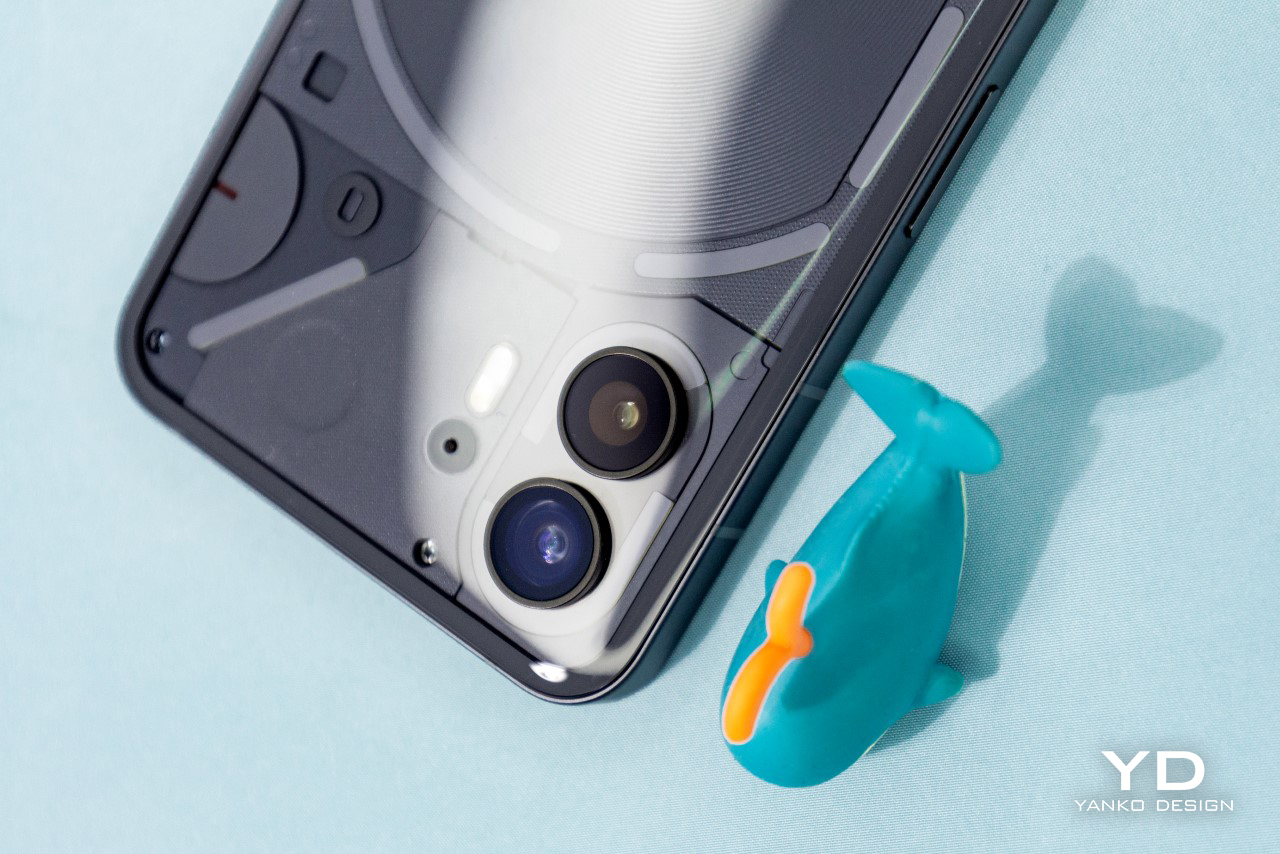
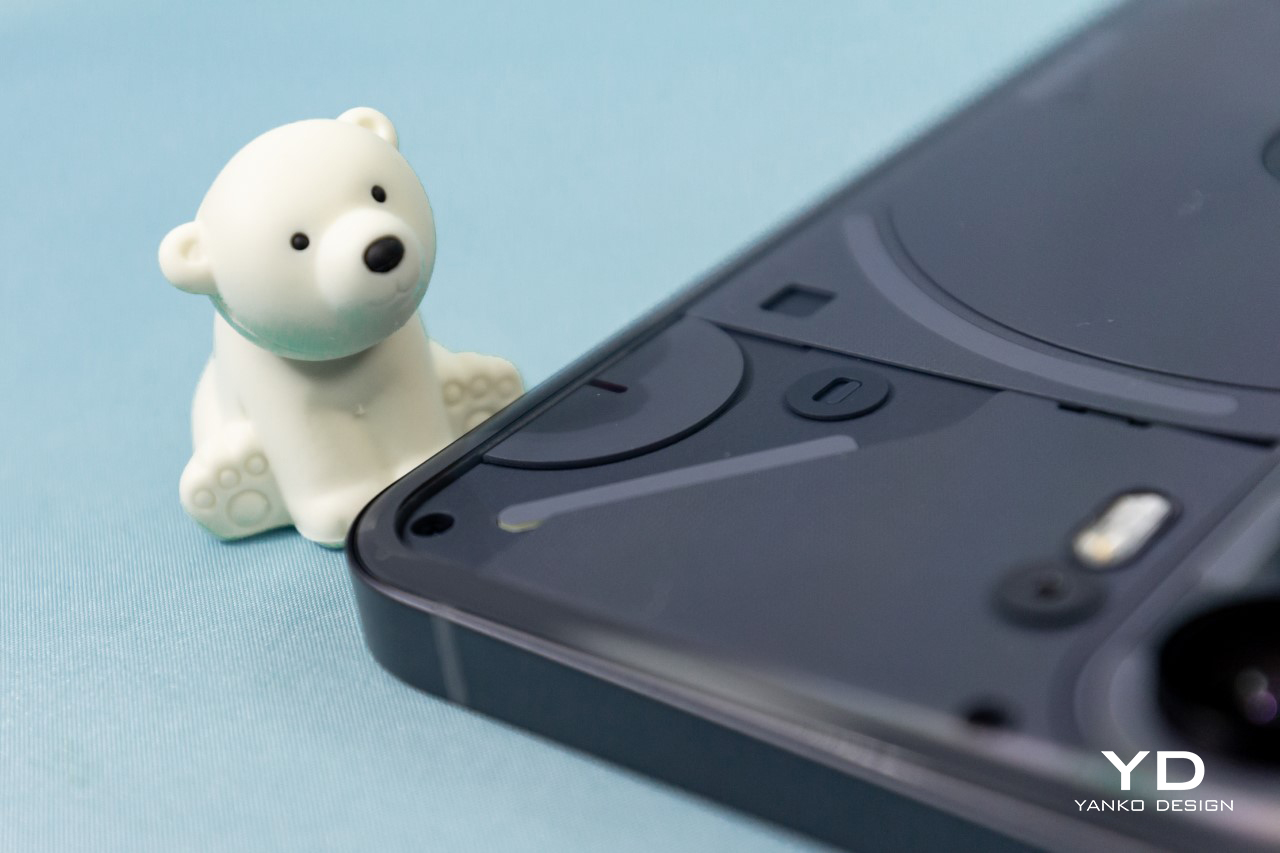
The post Nothing Phone (2) Review – The Best Battery Life + Flagship Features on an Android Phone first appeared on Yanko Design.
